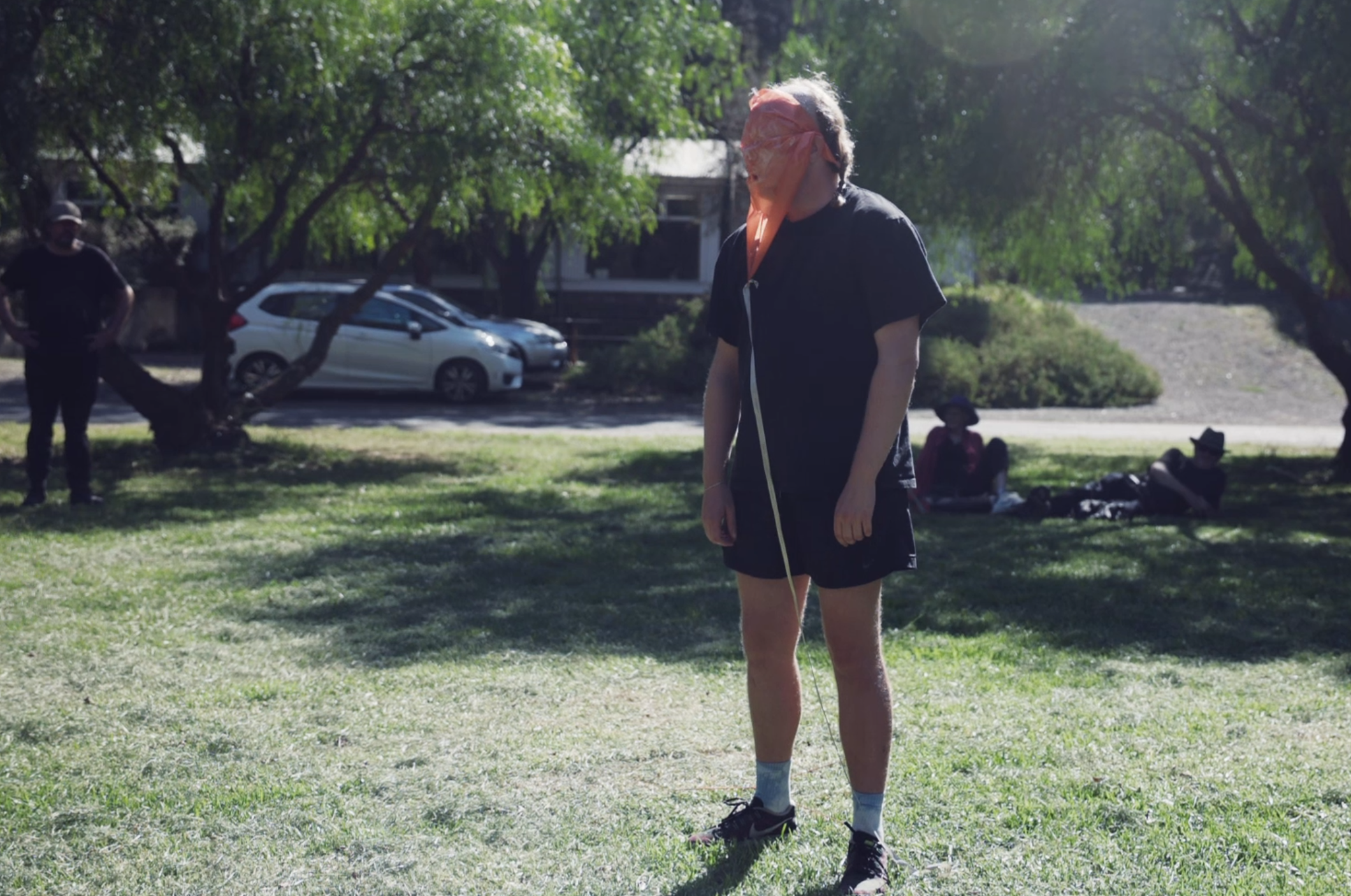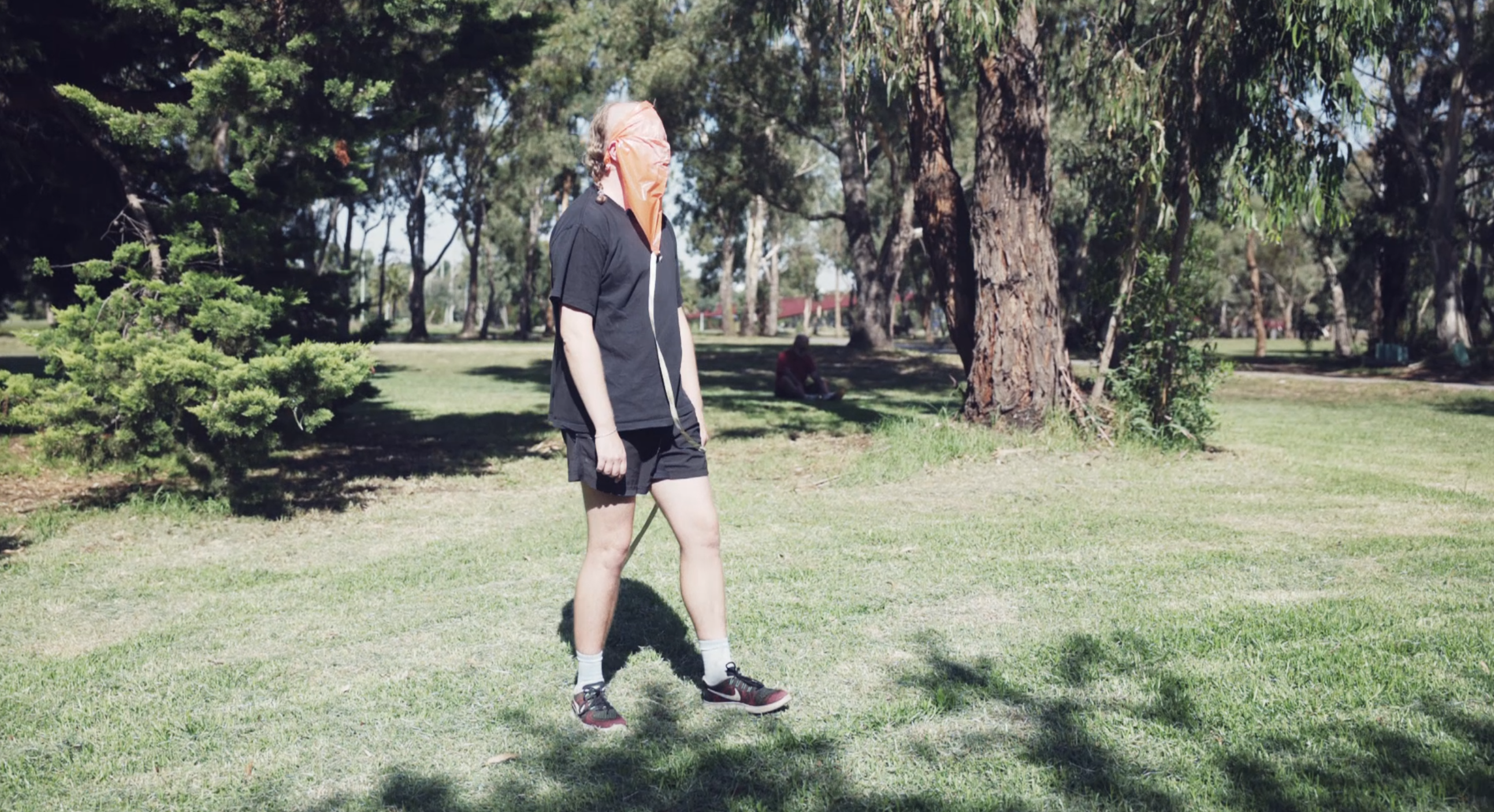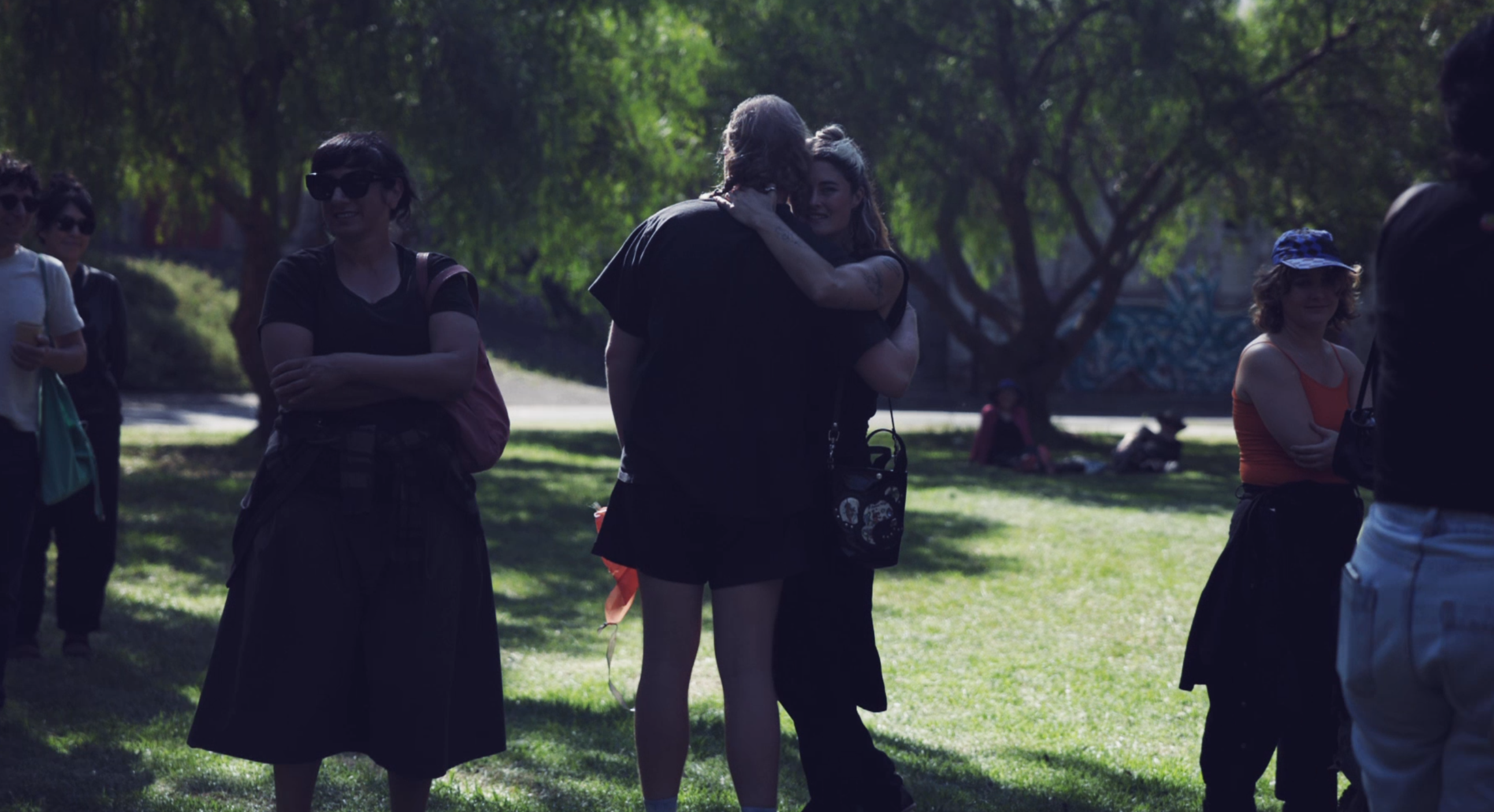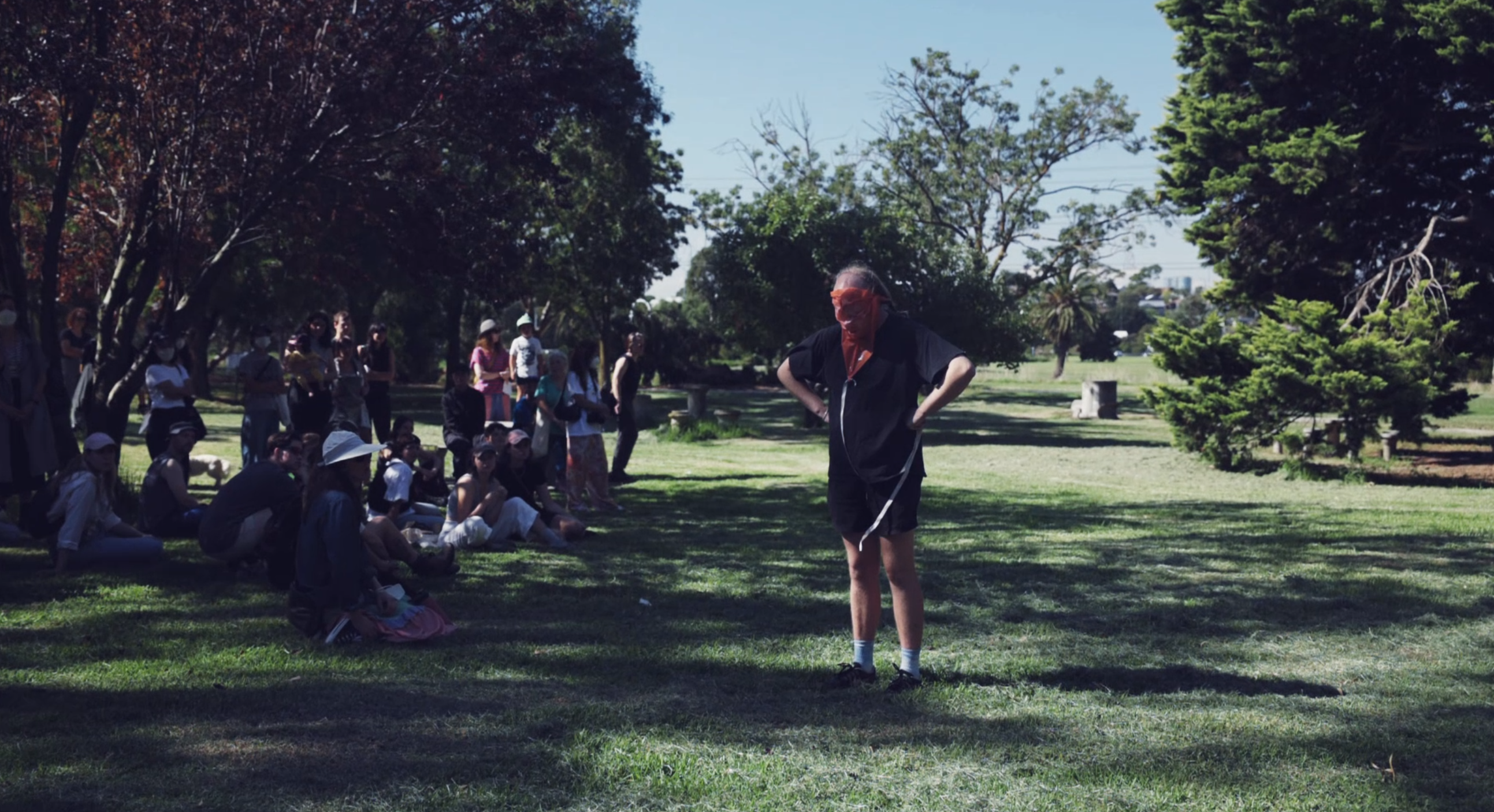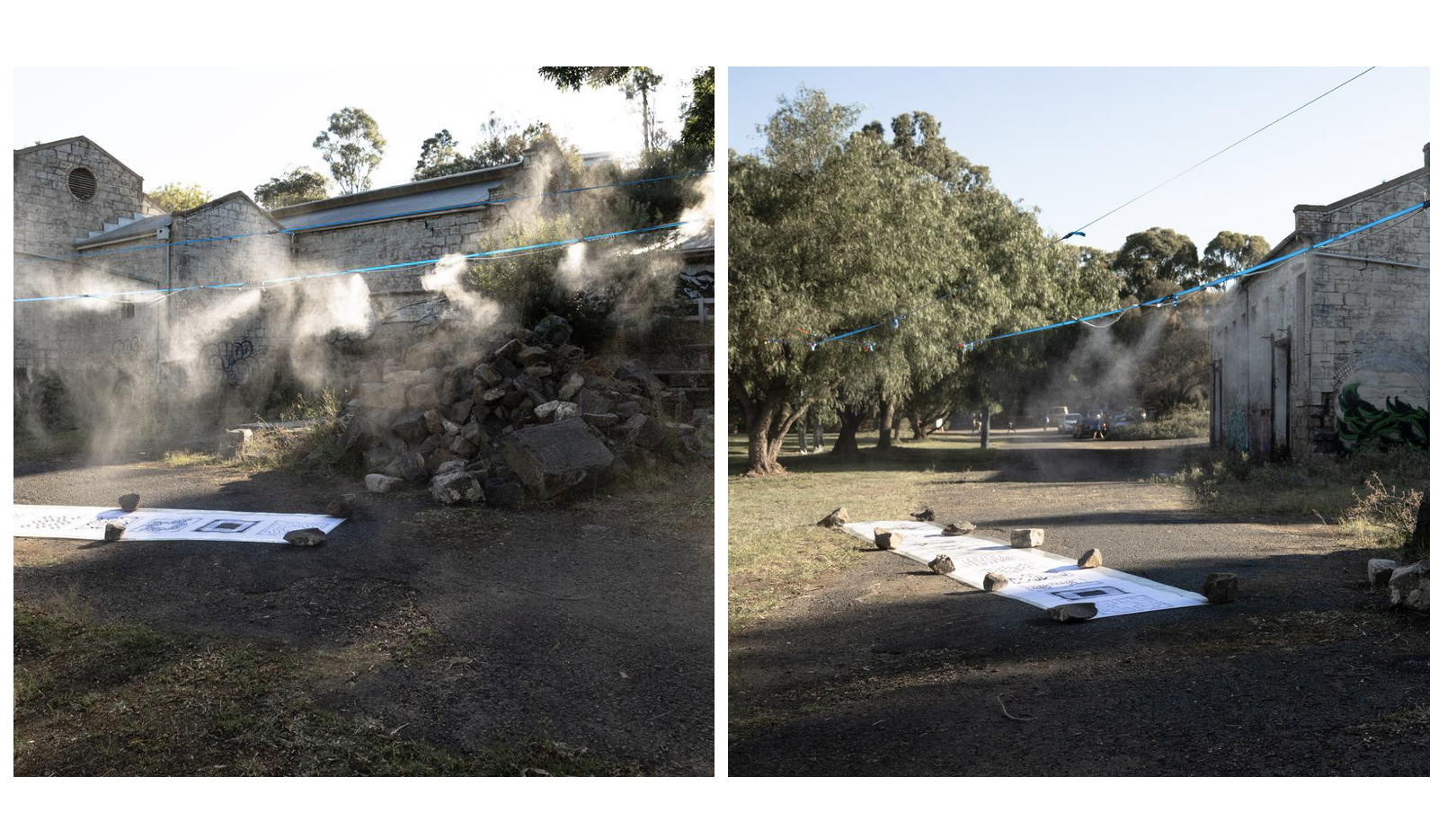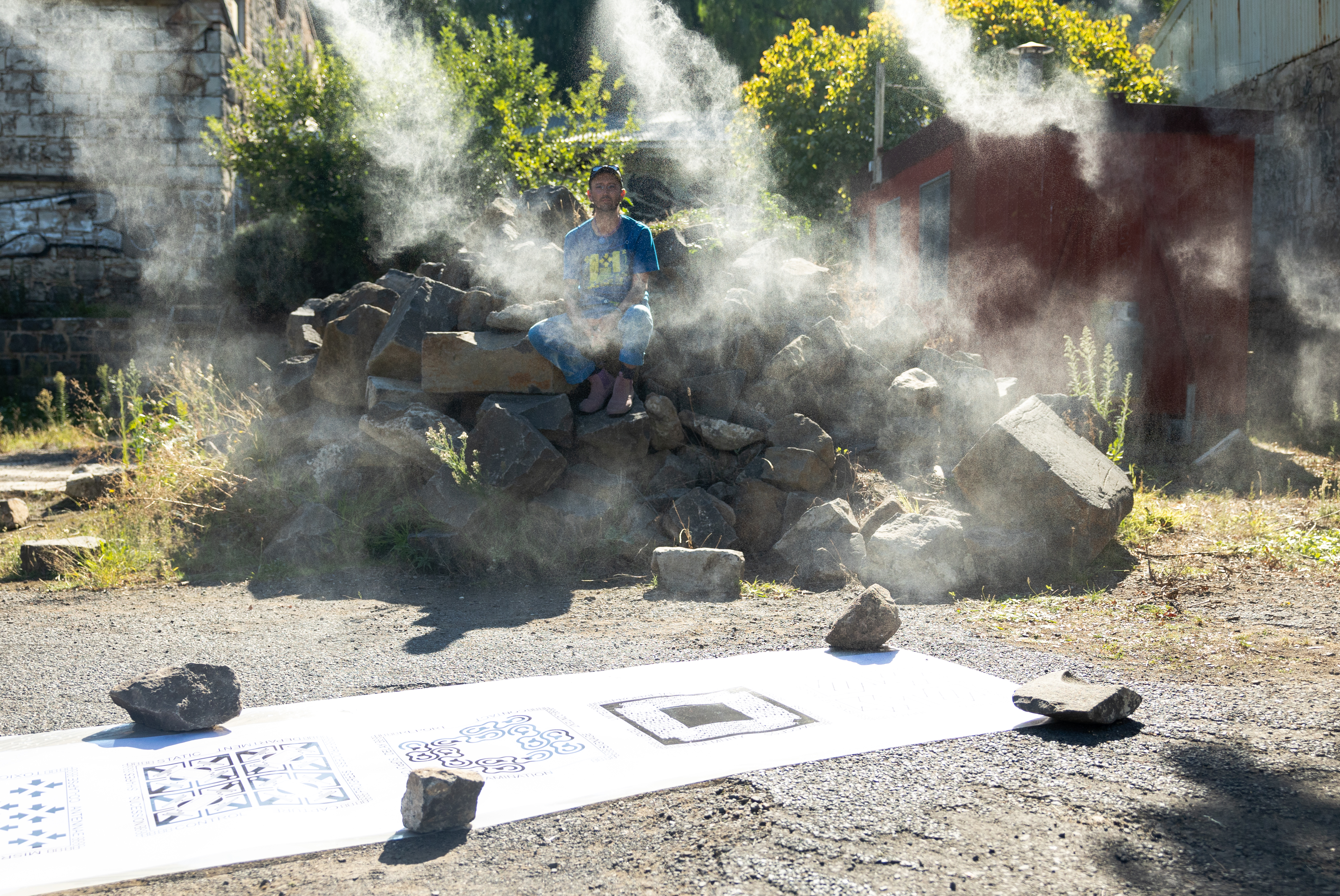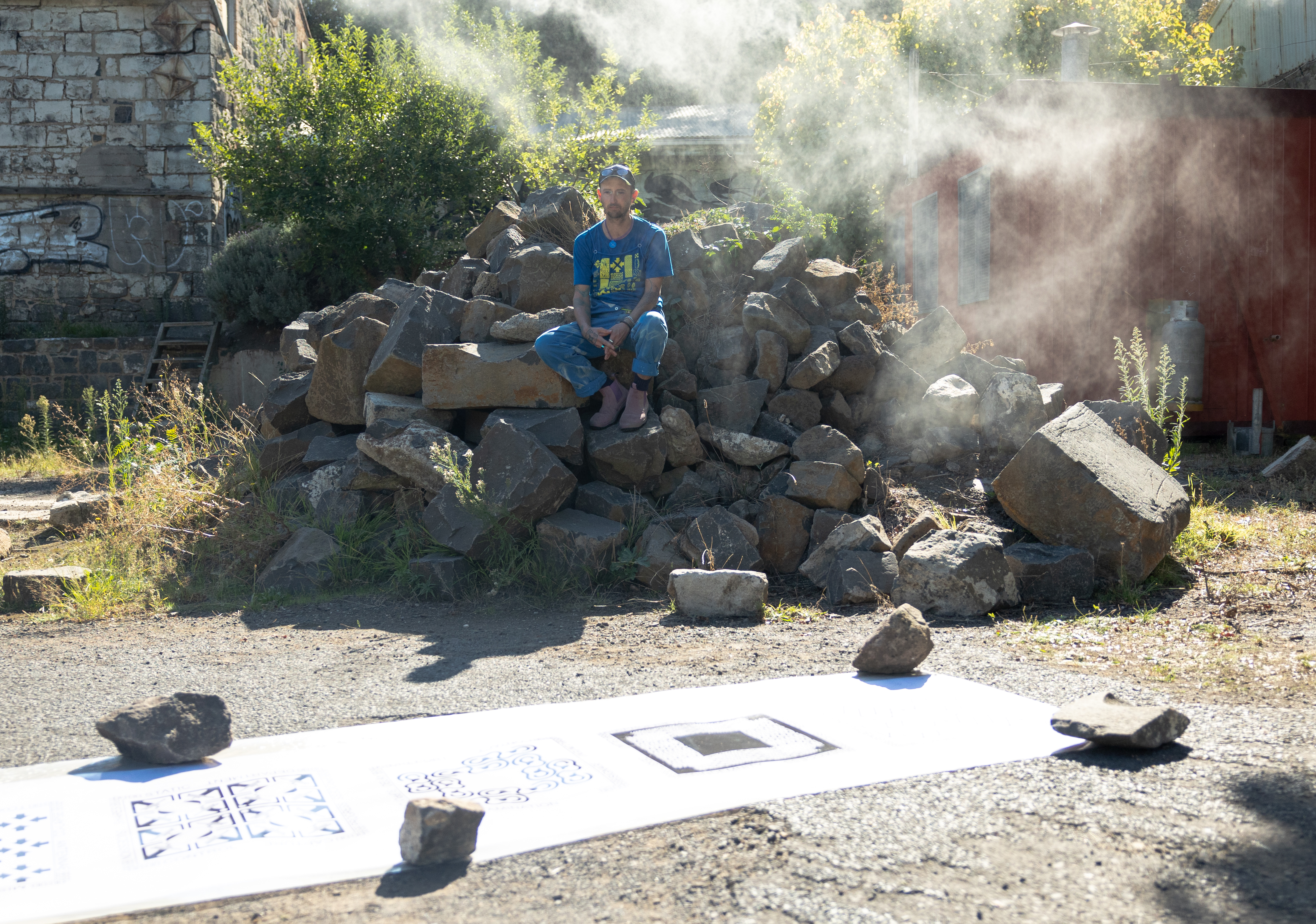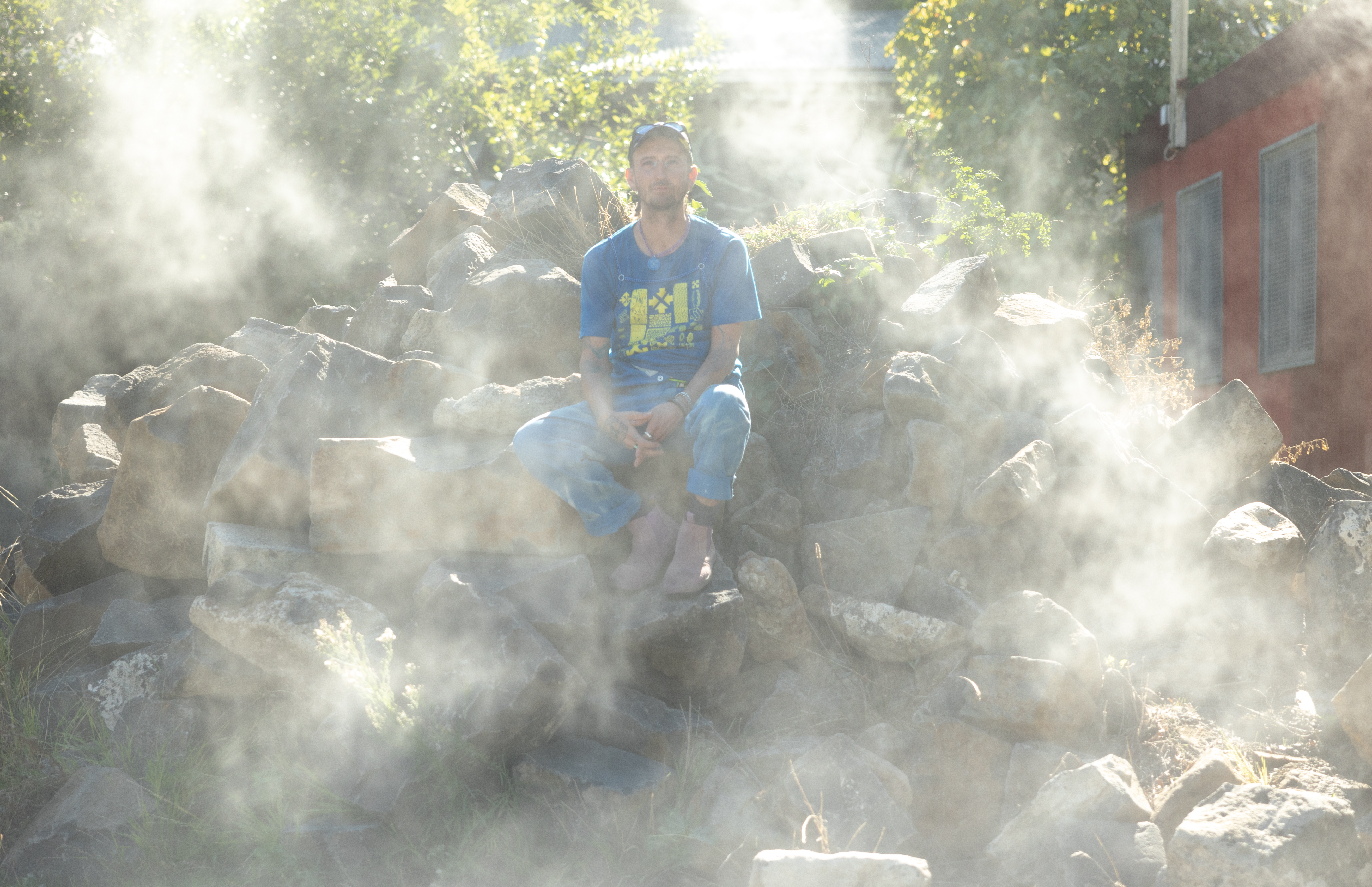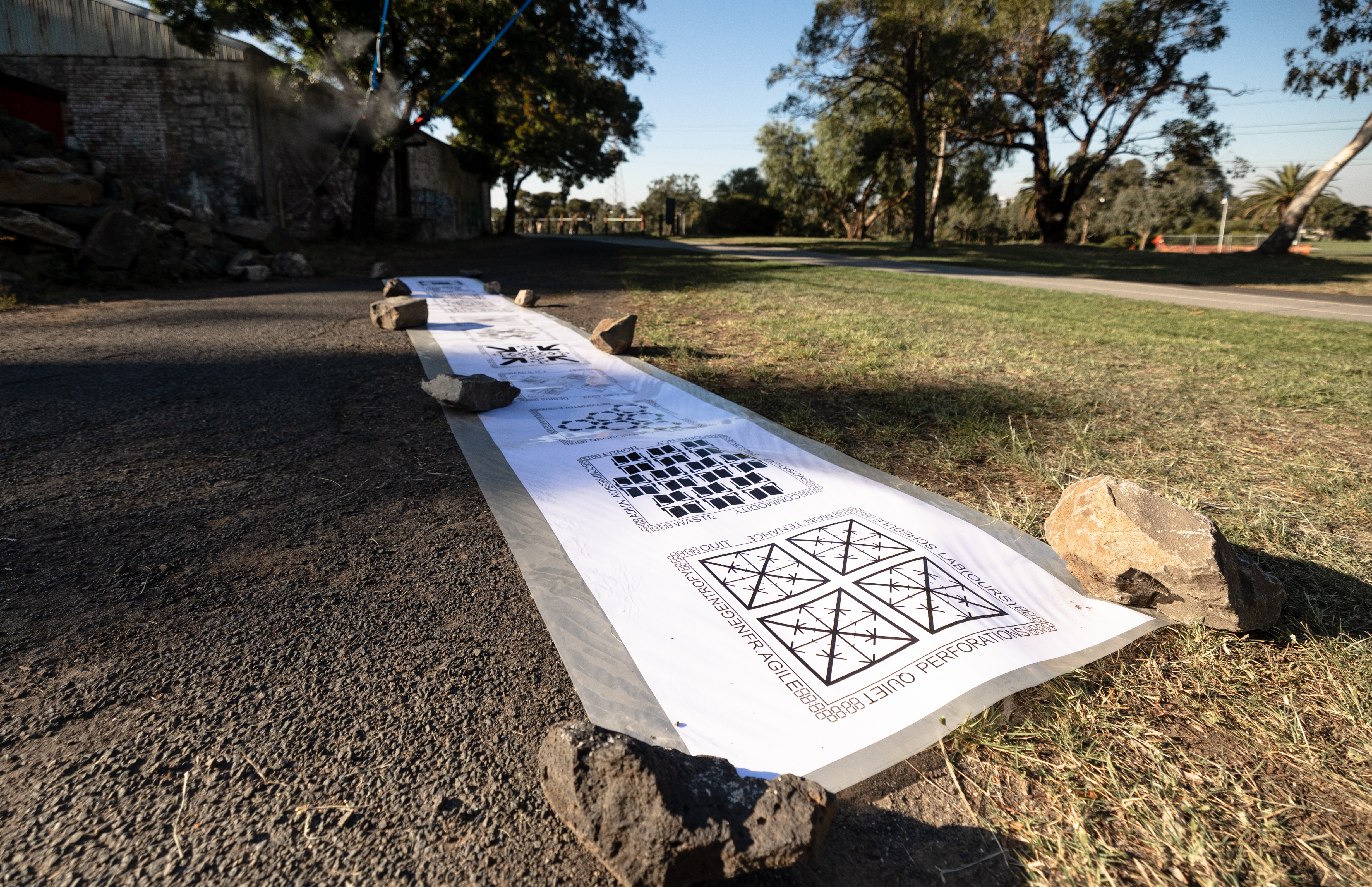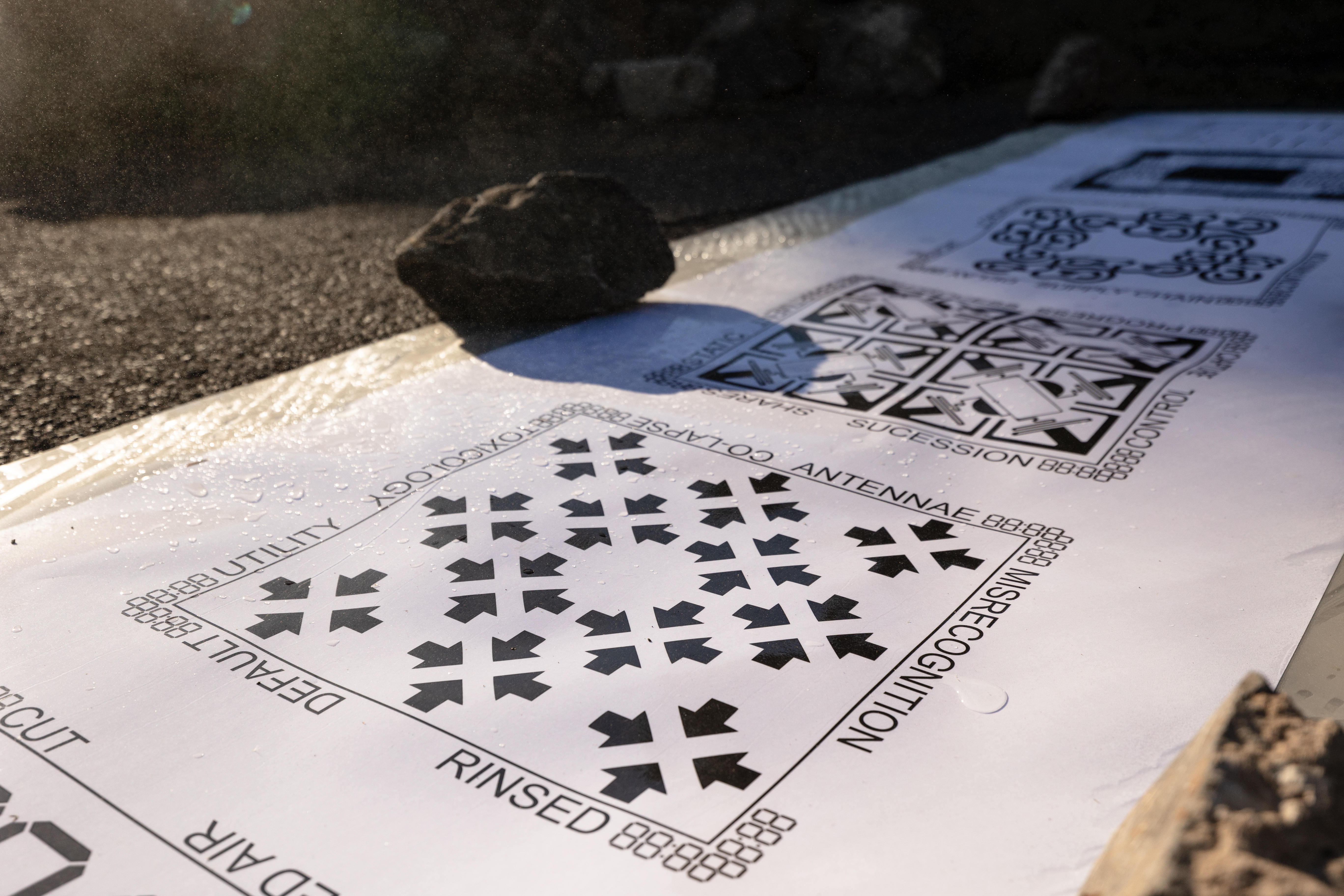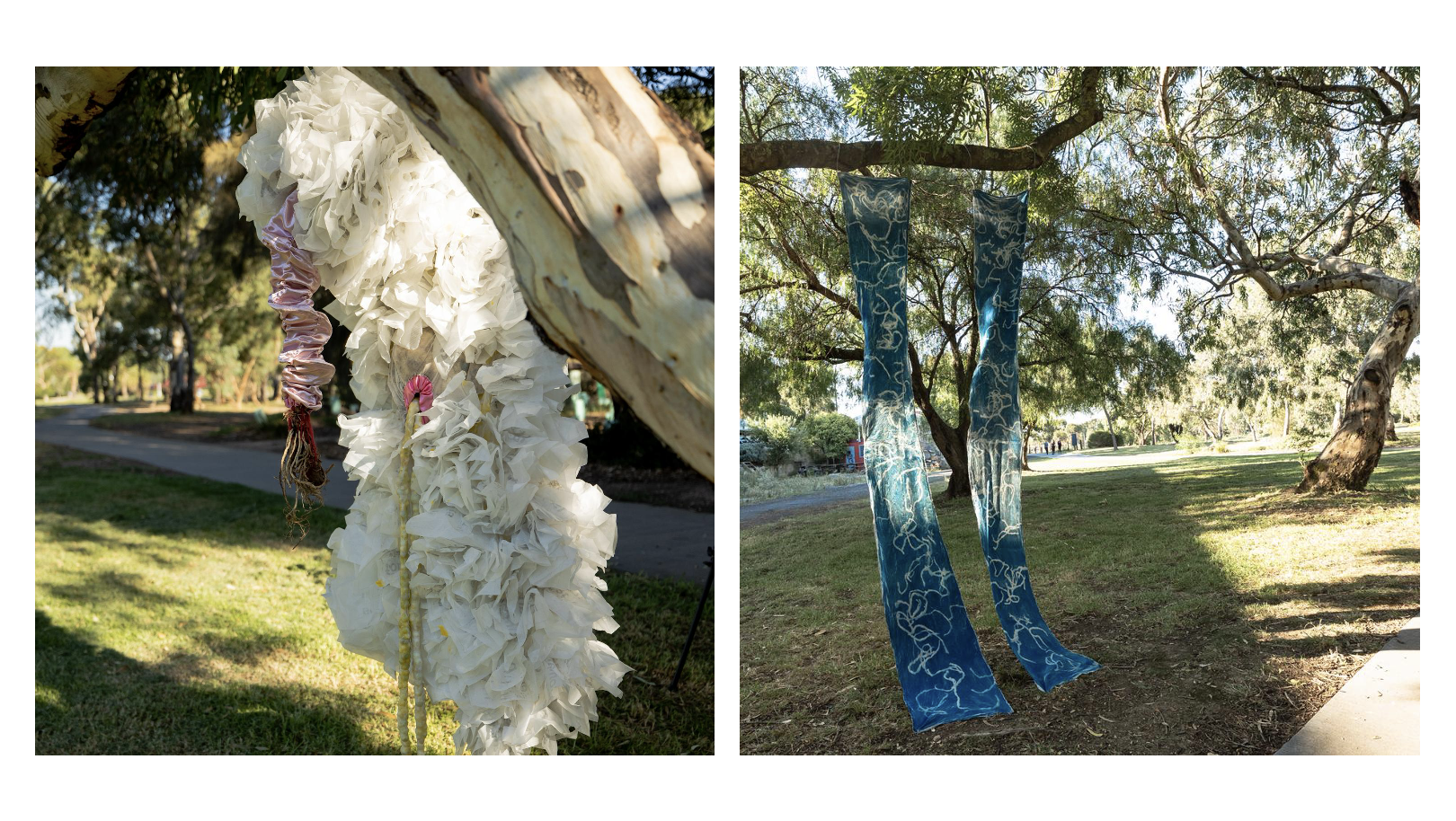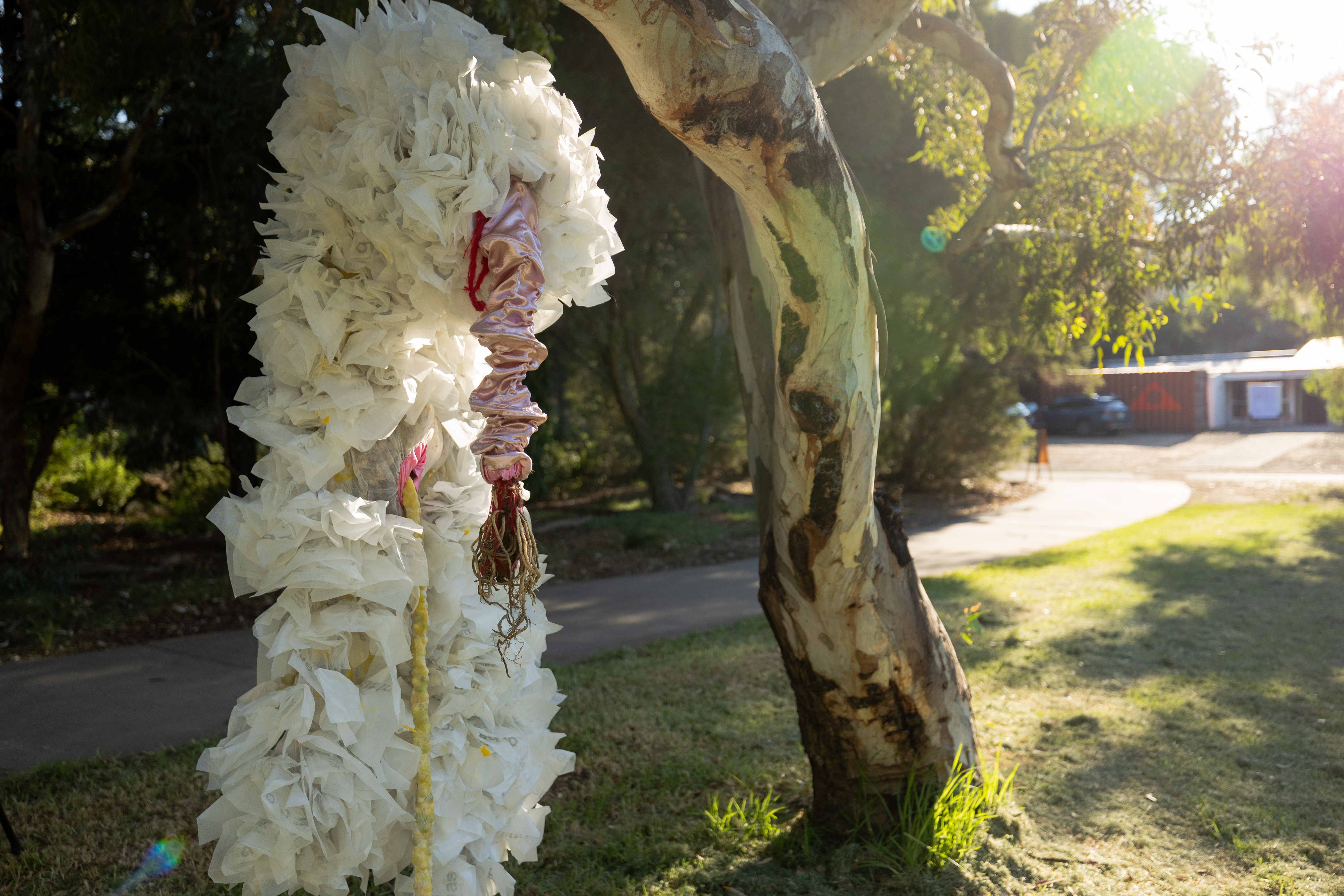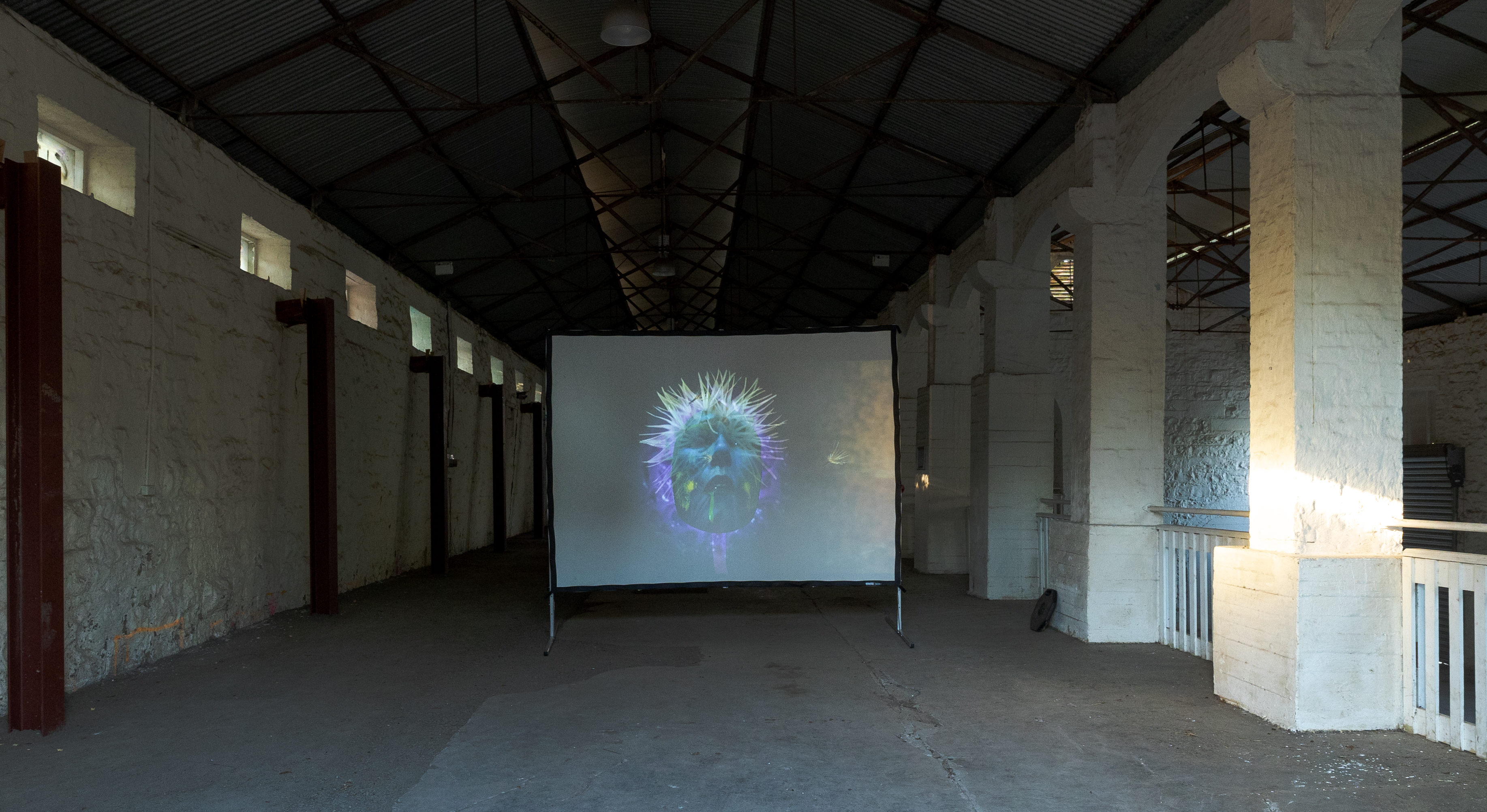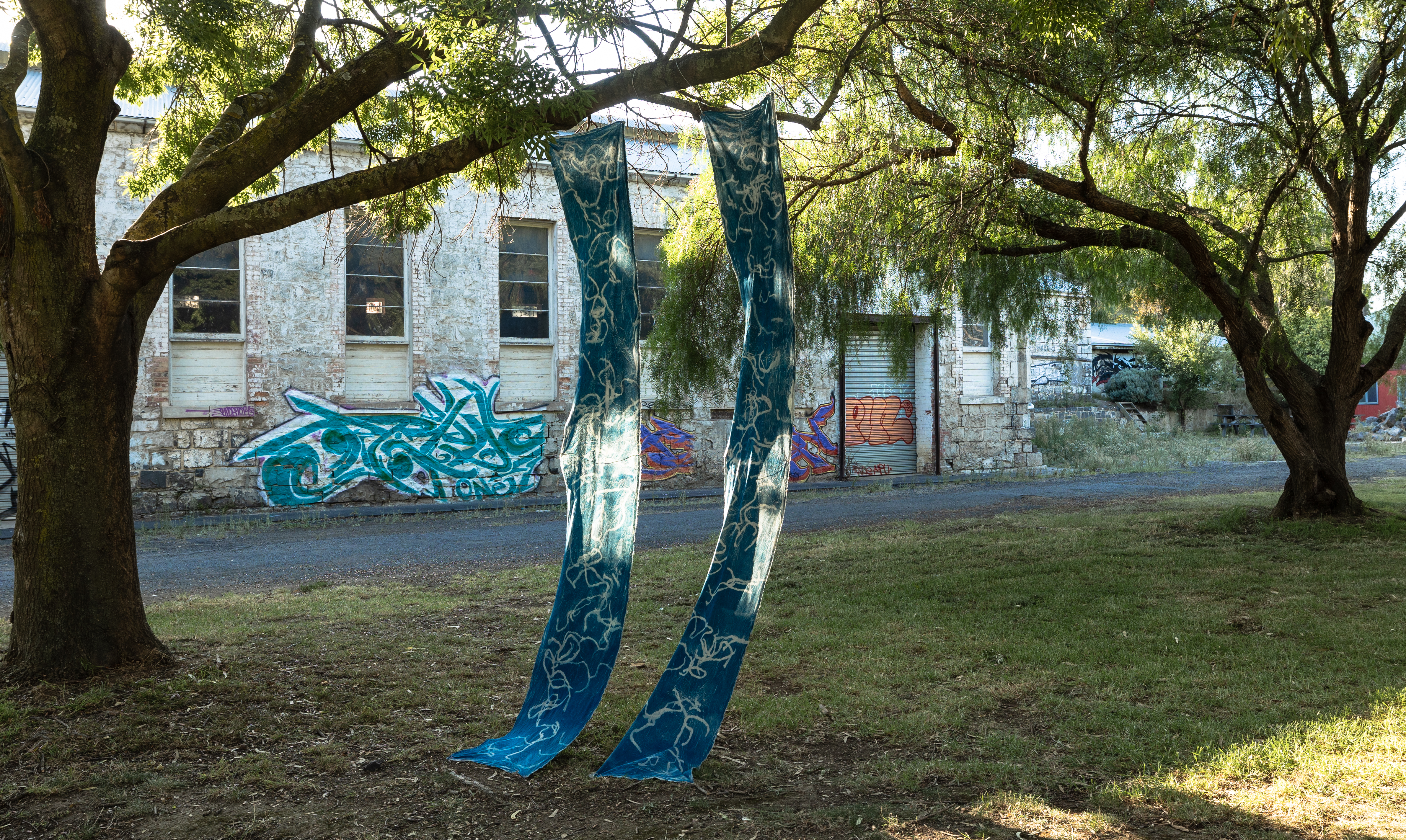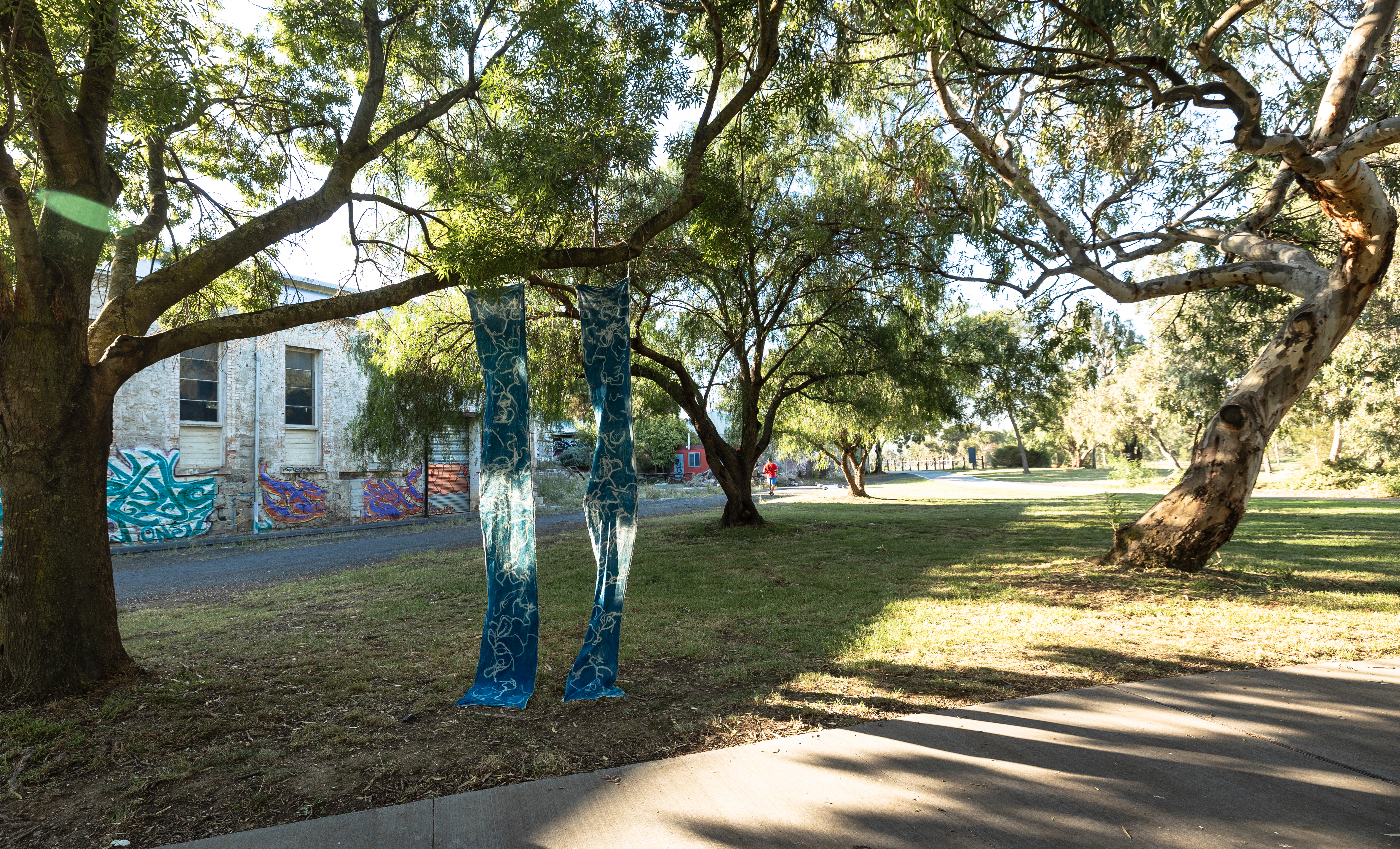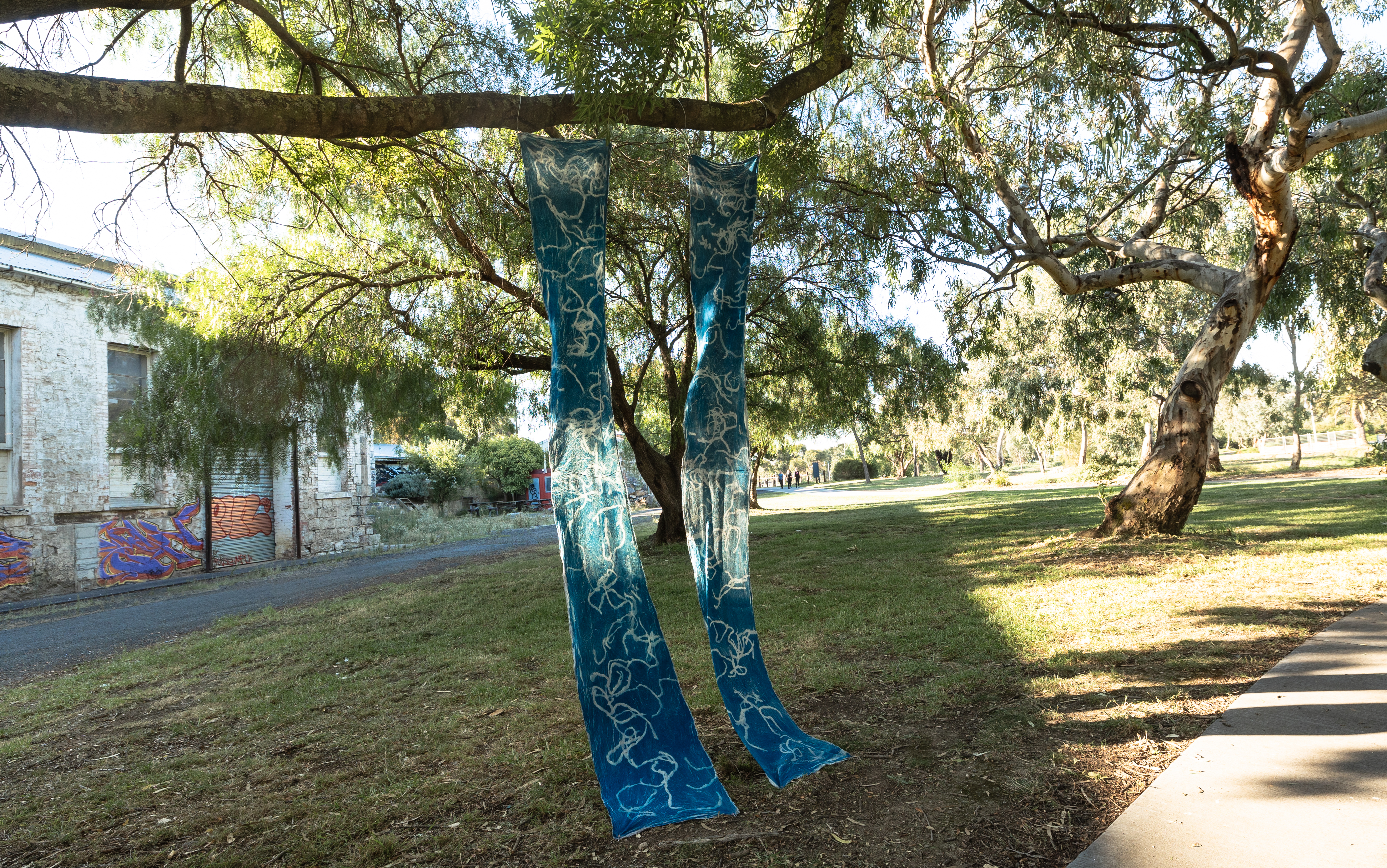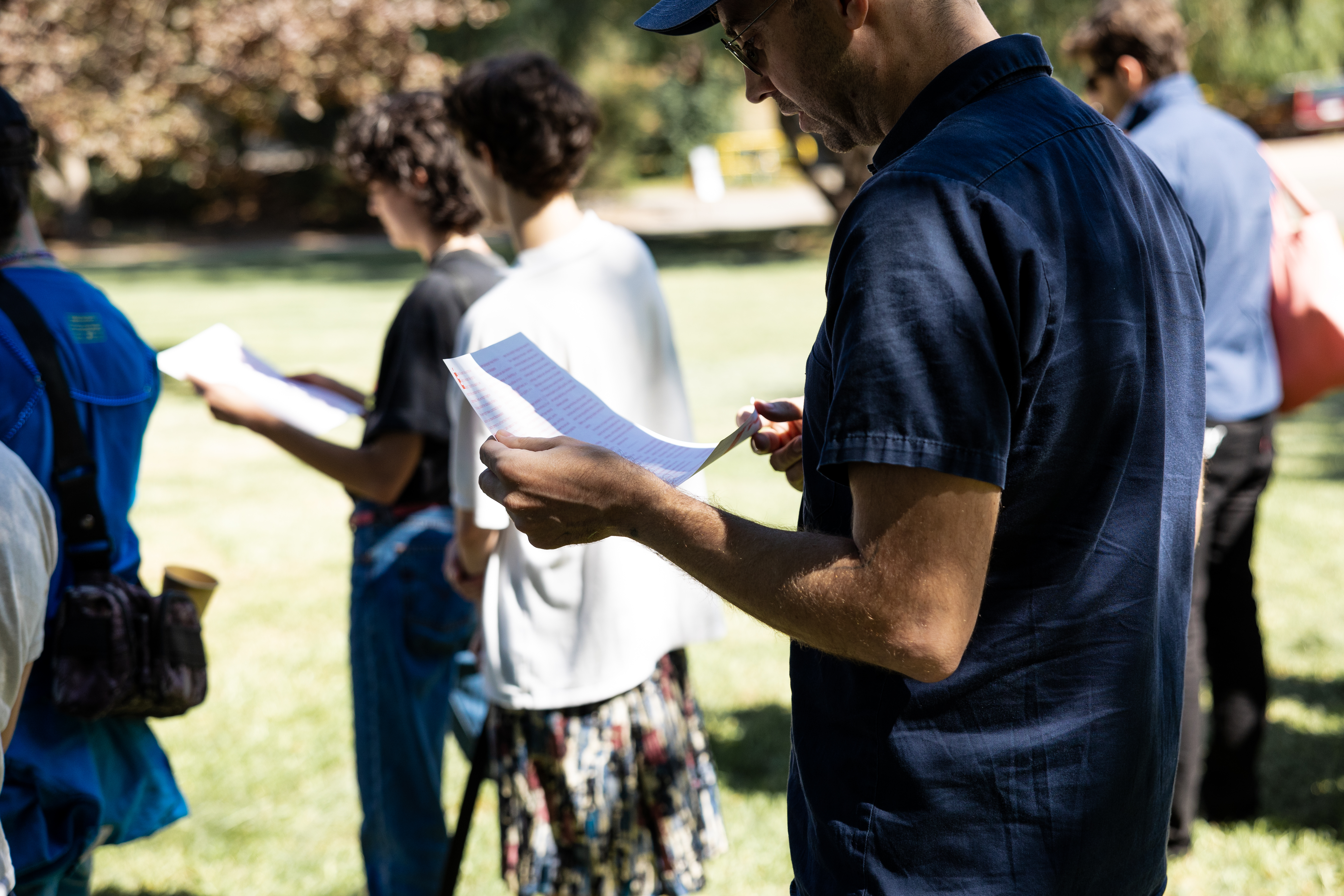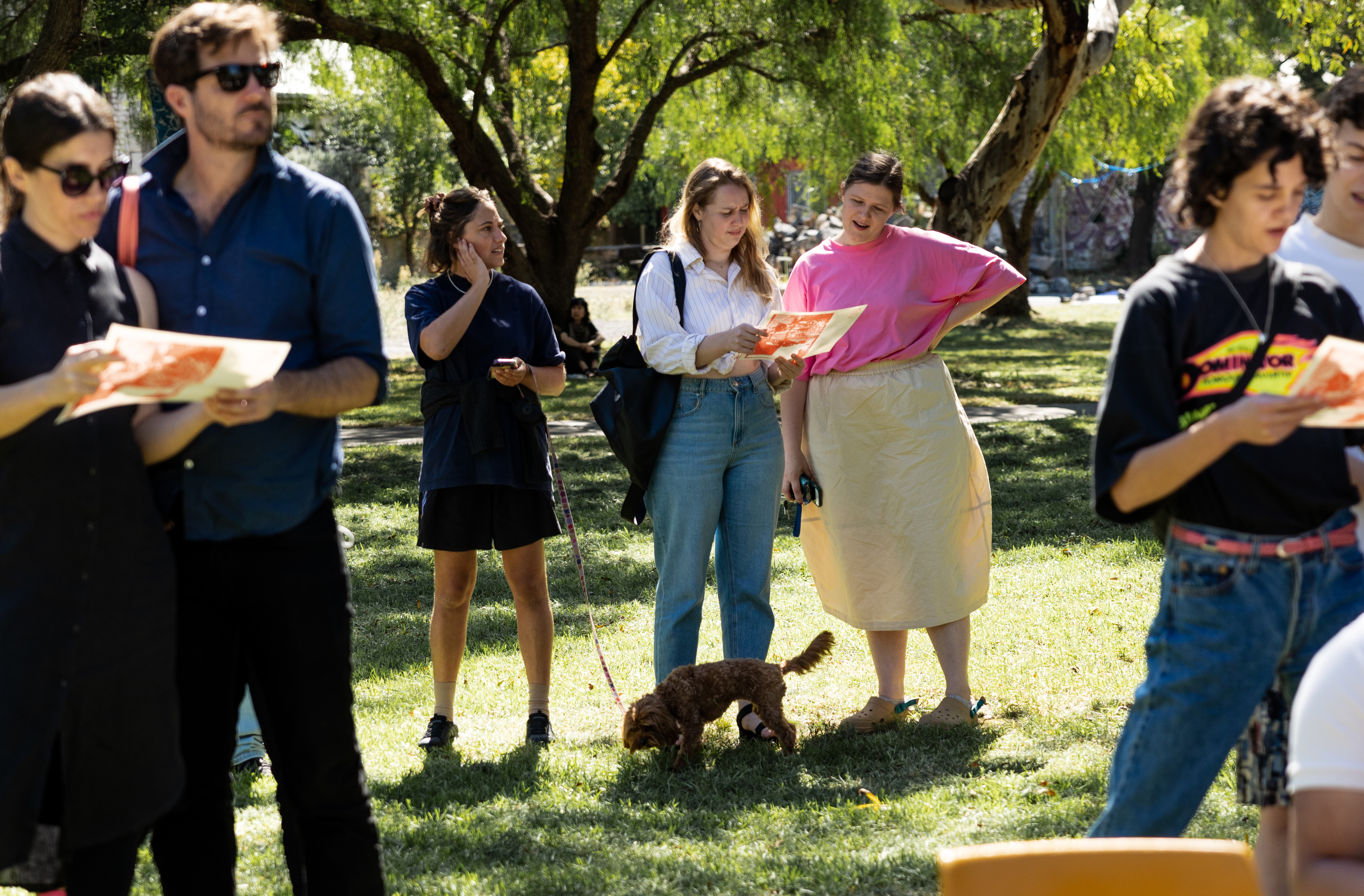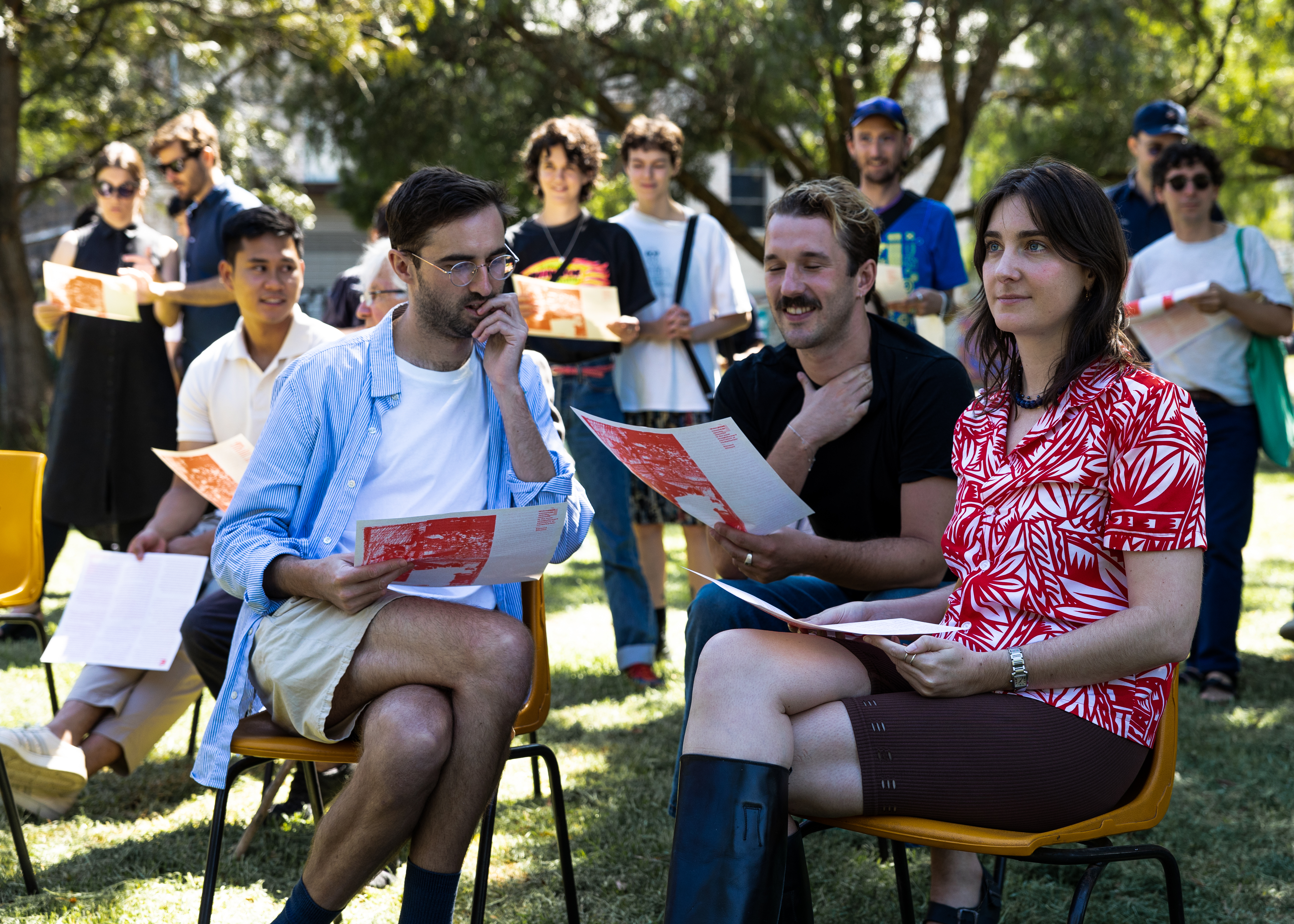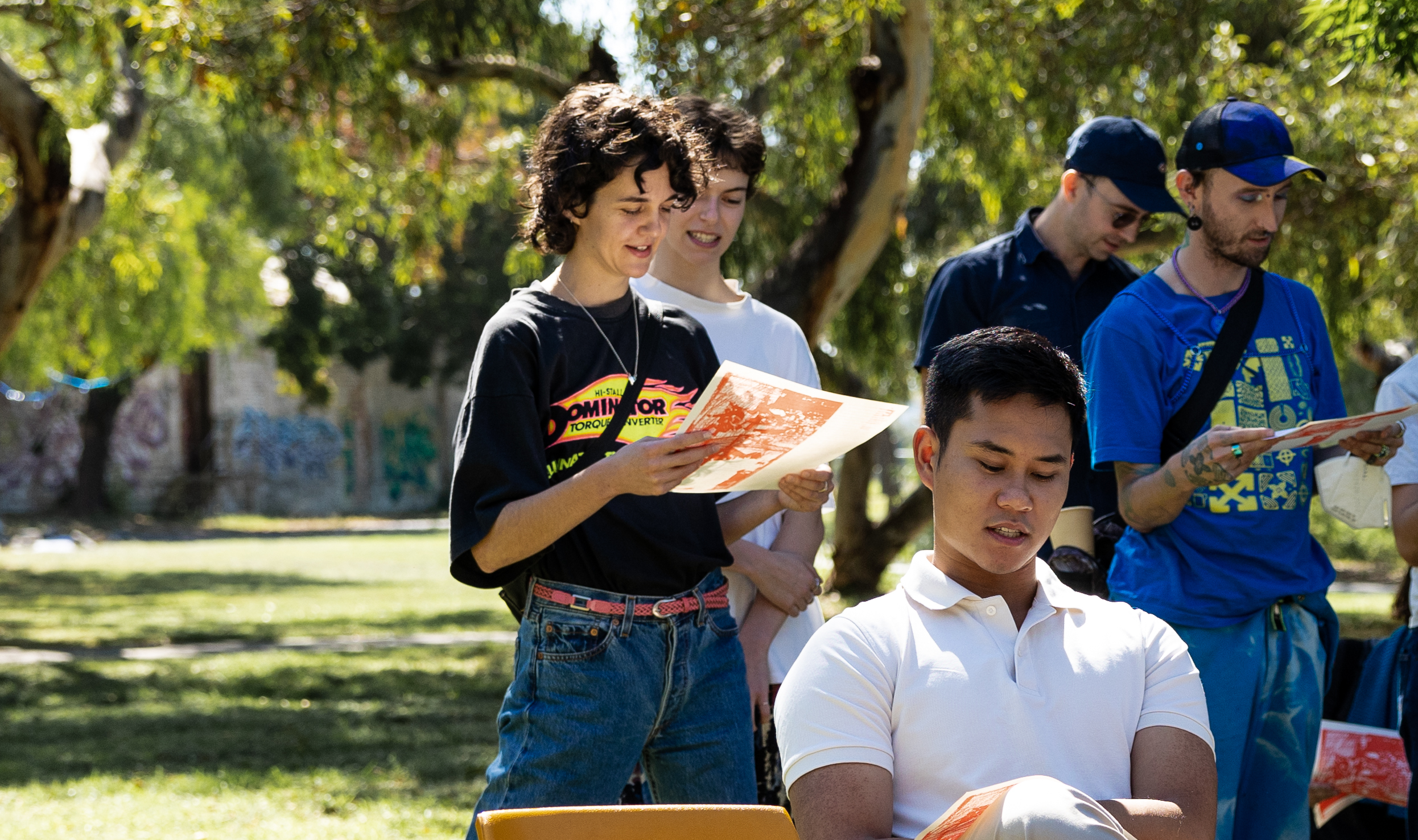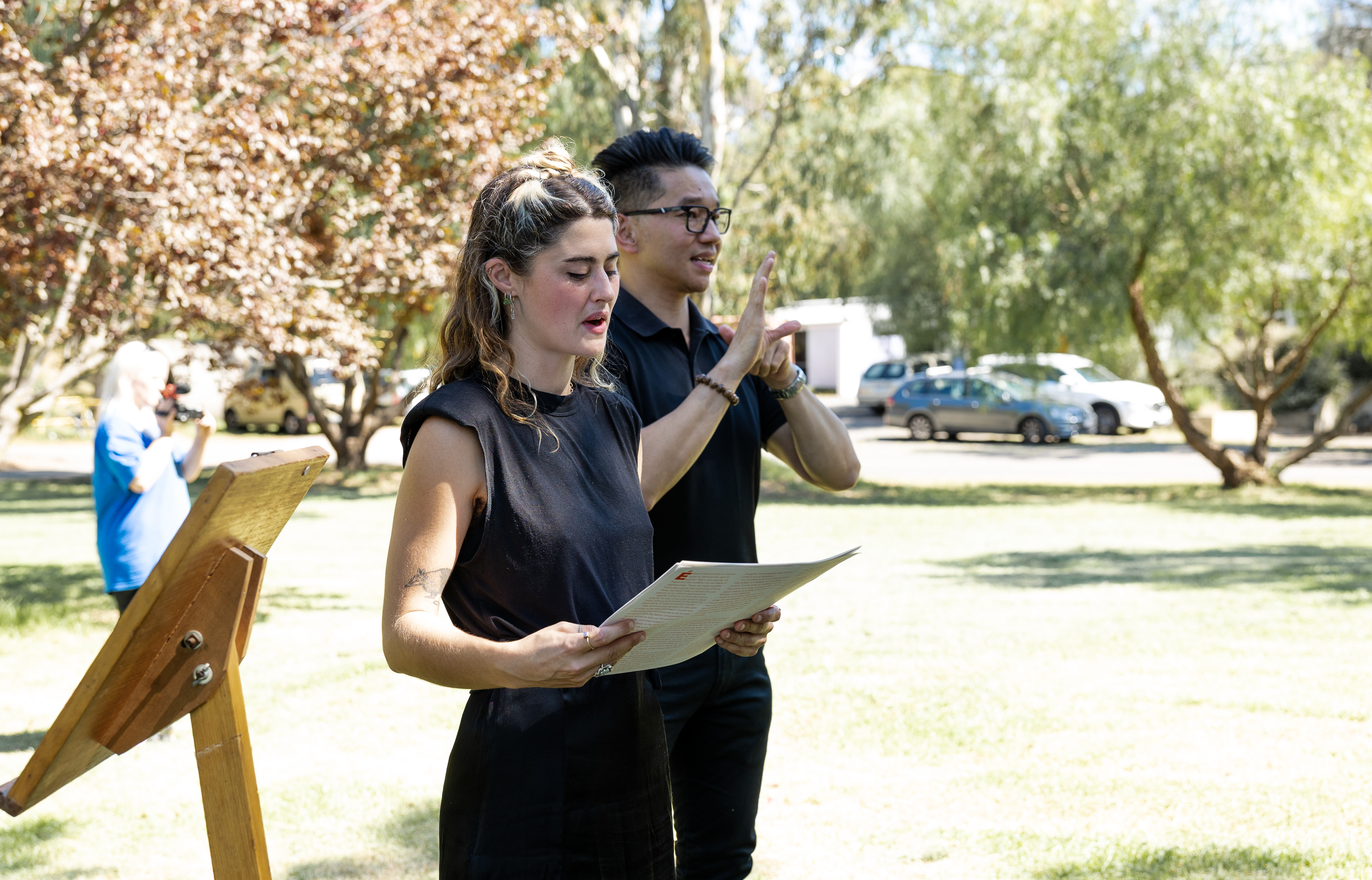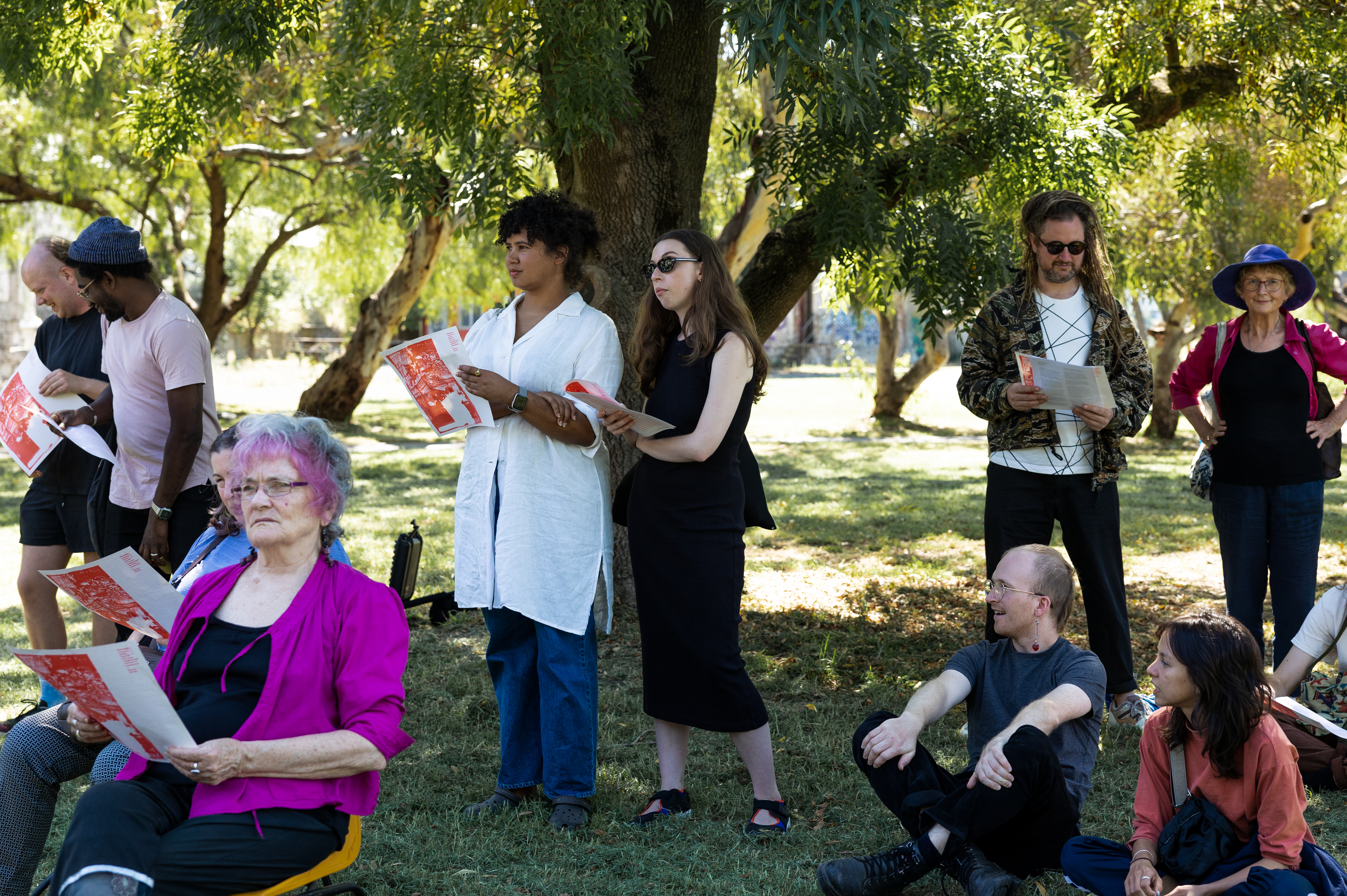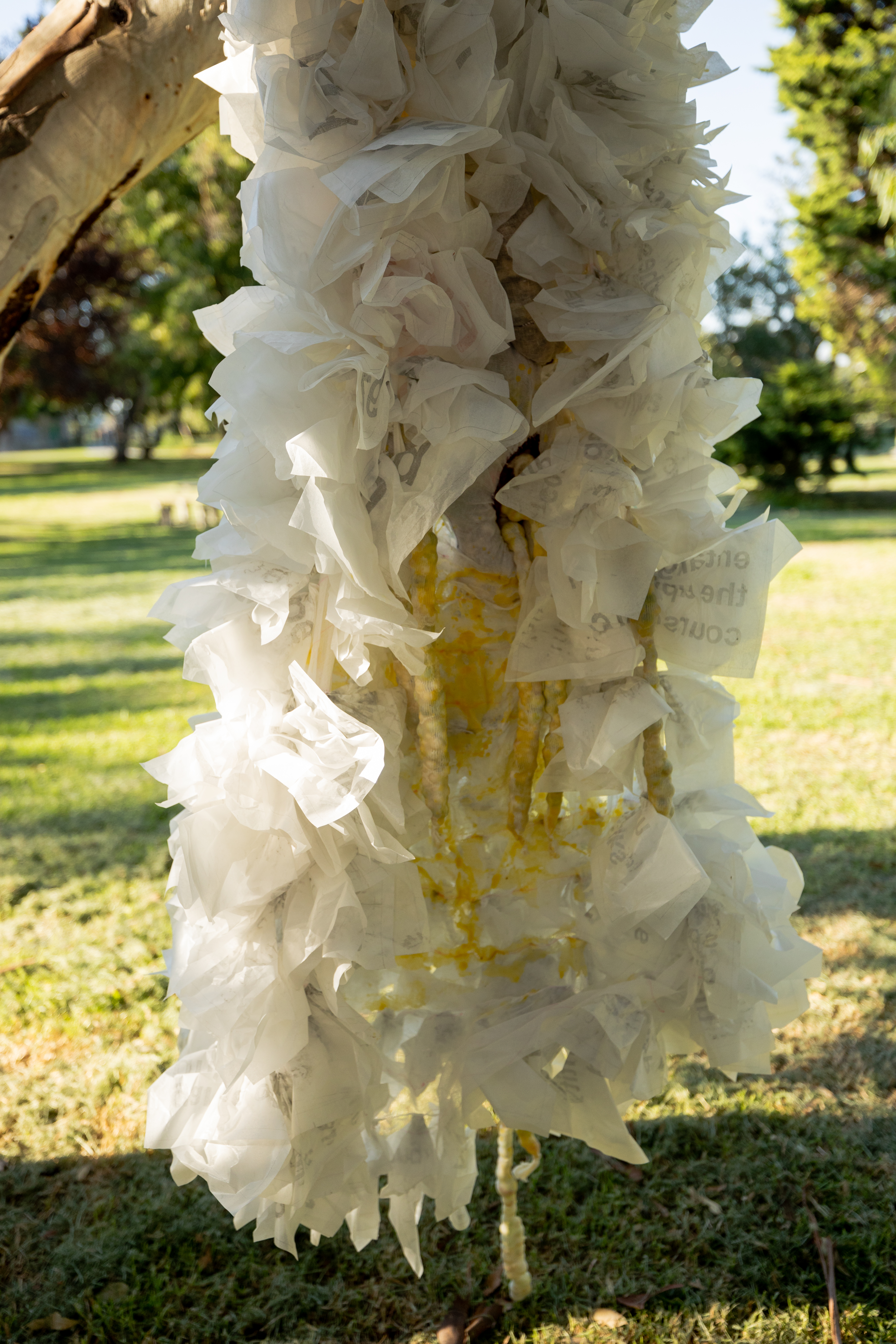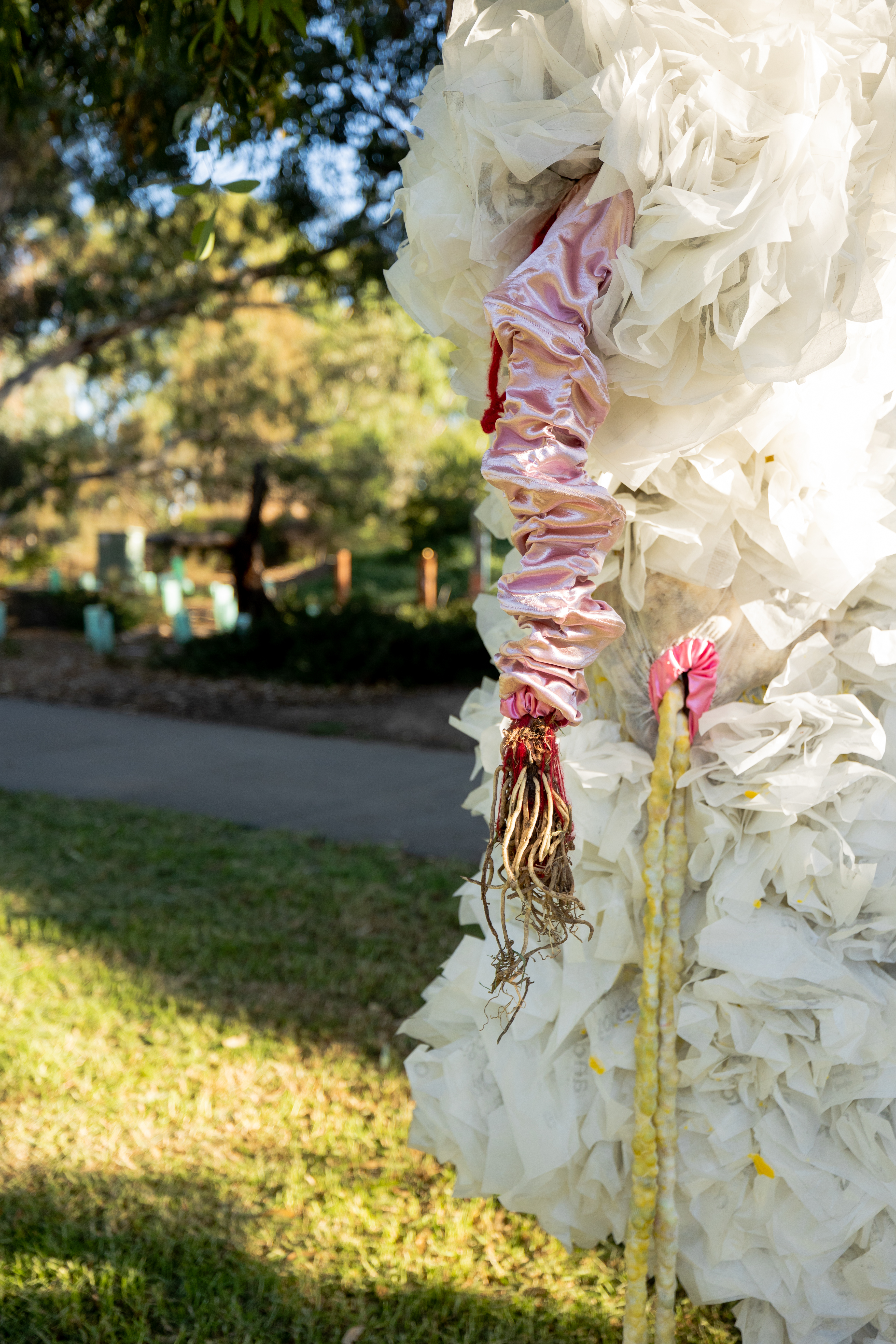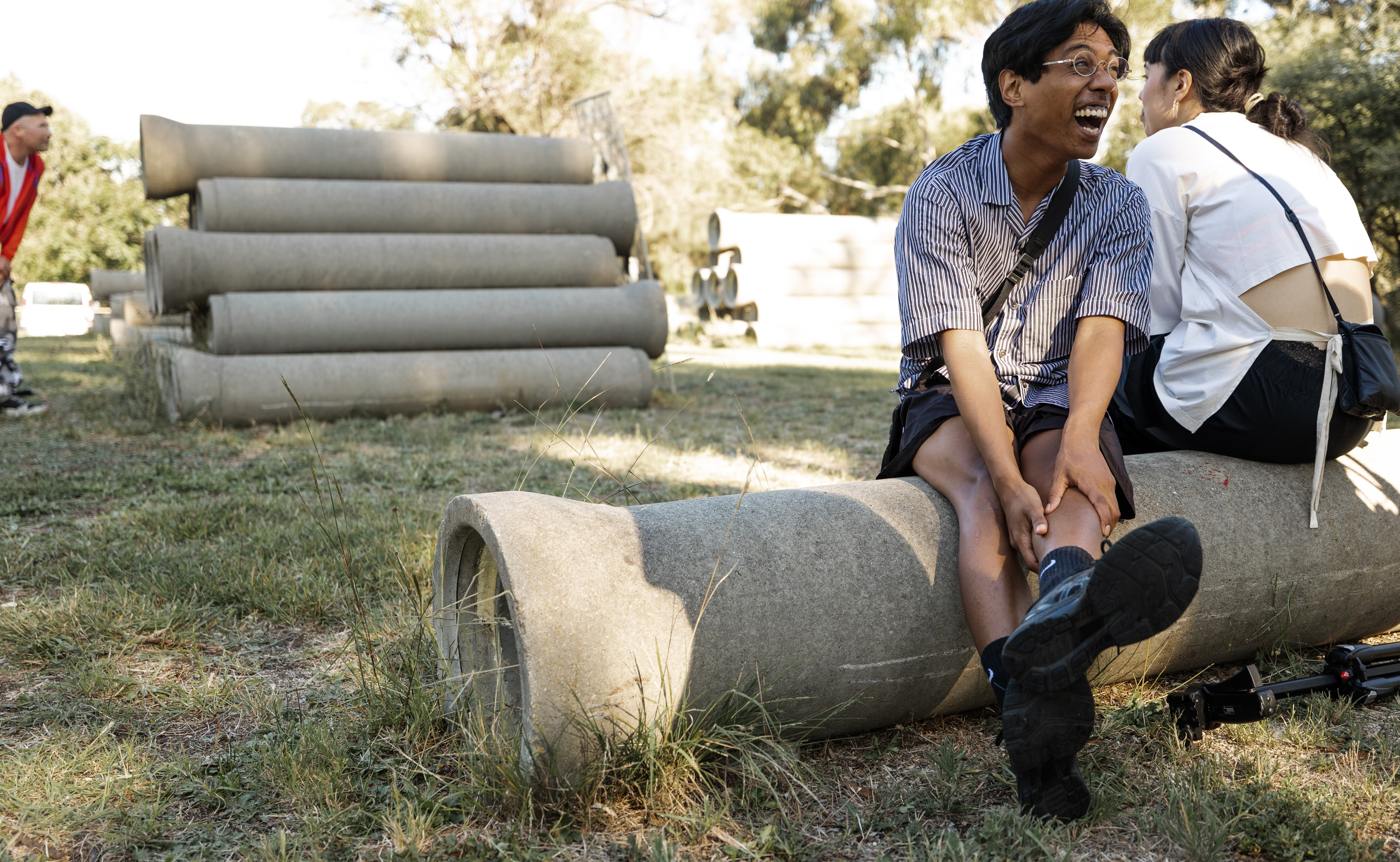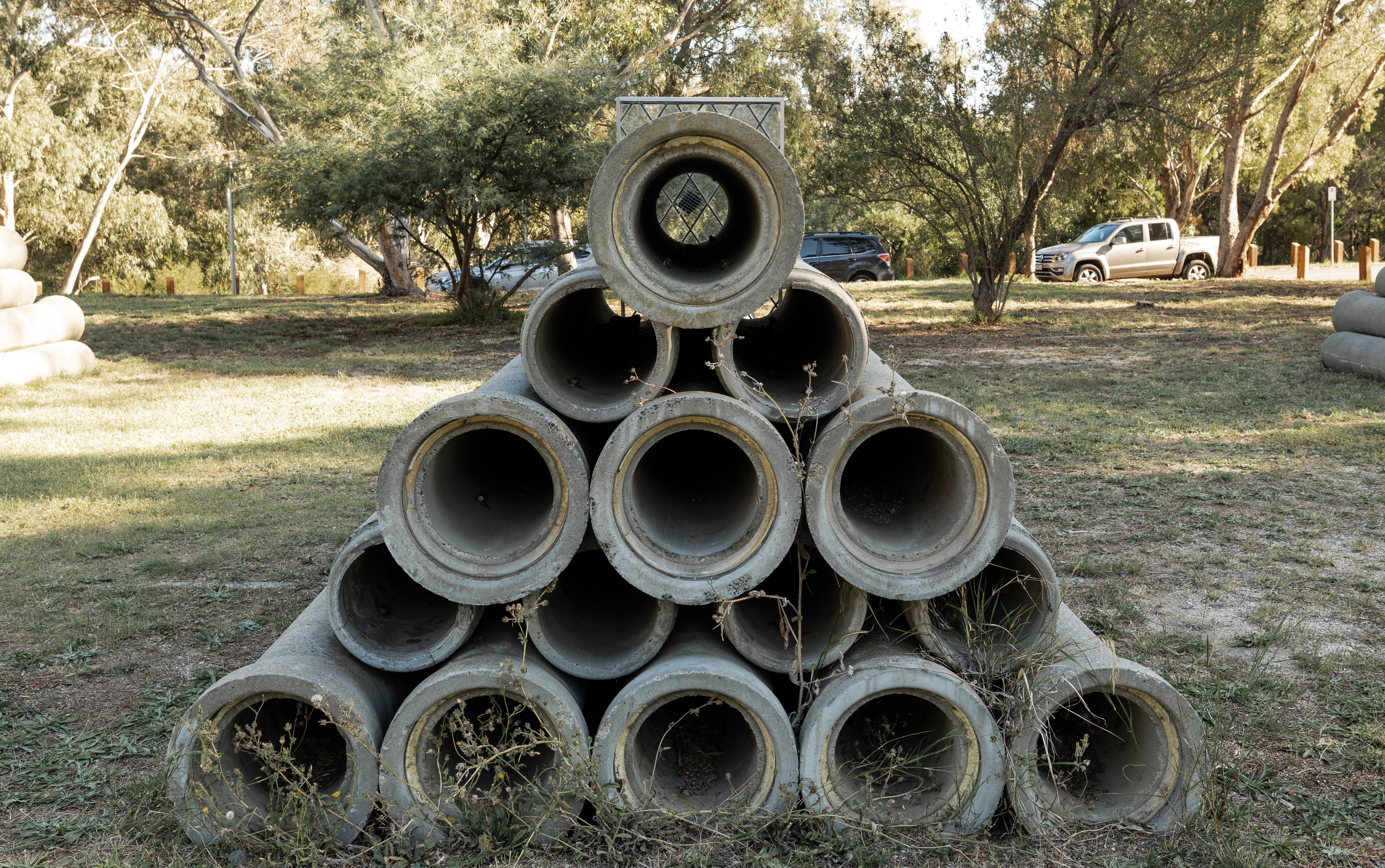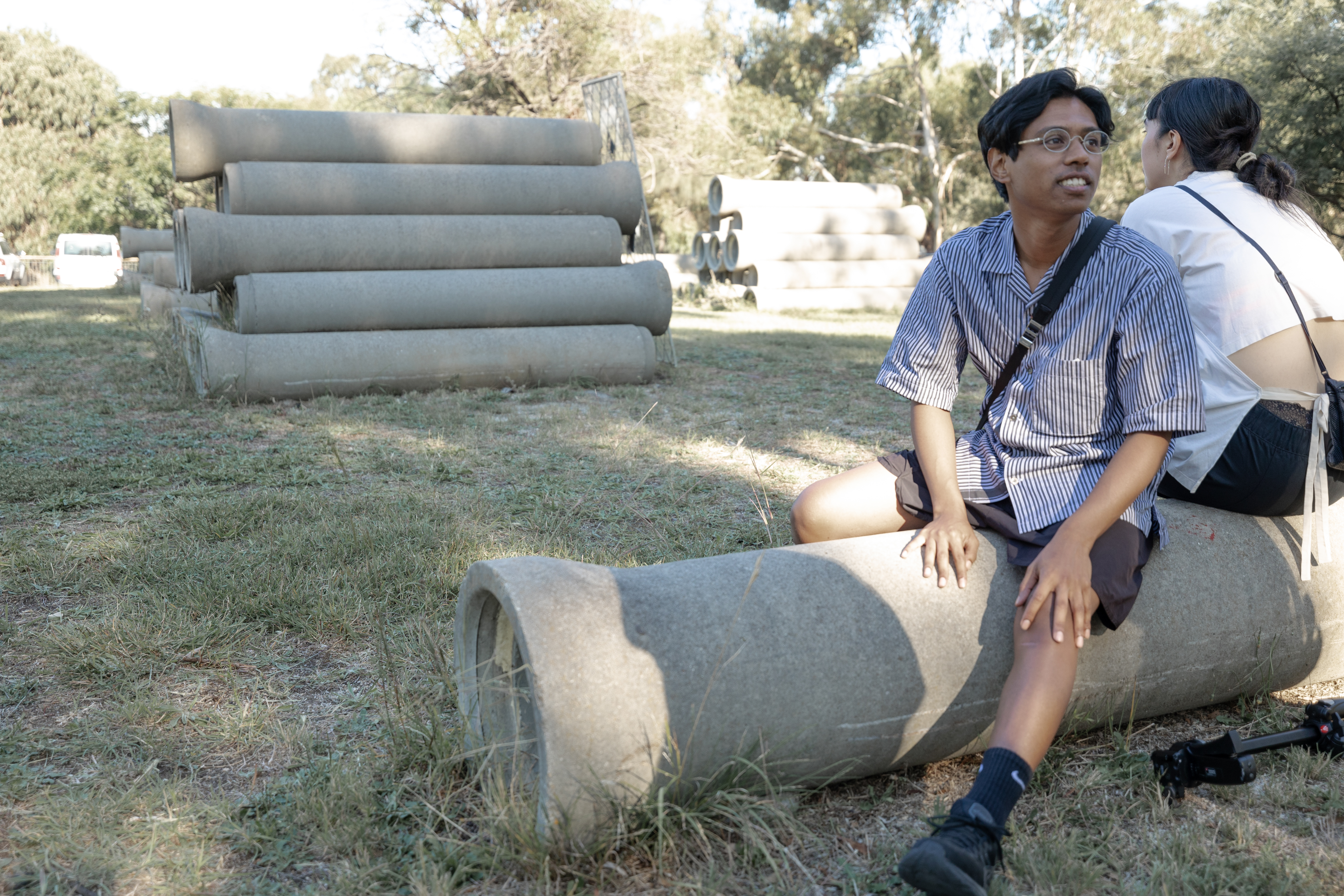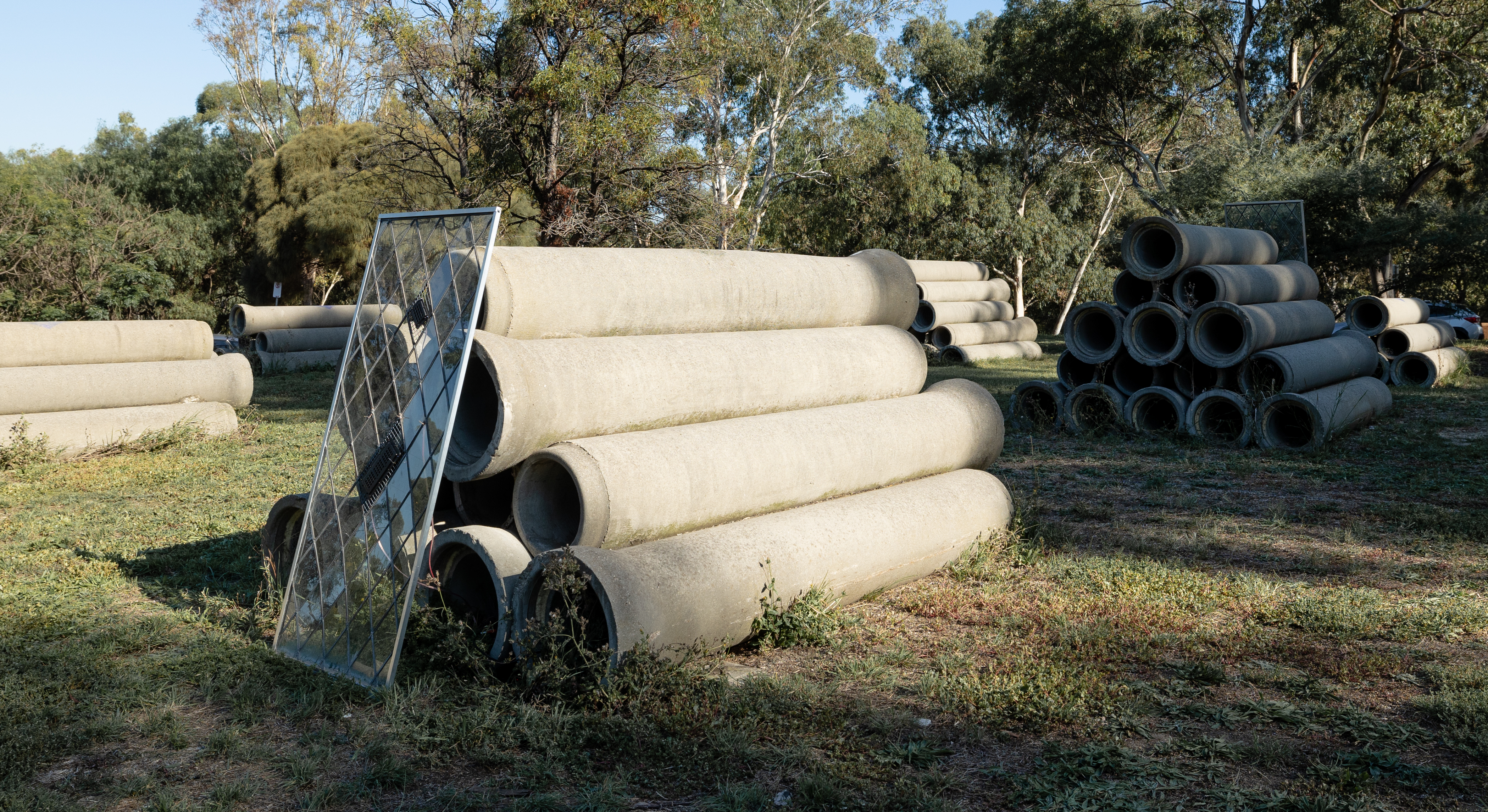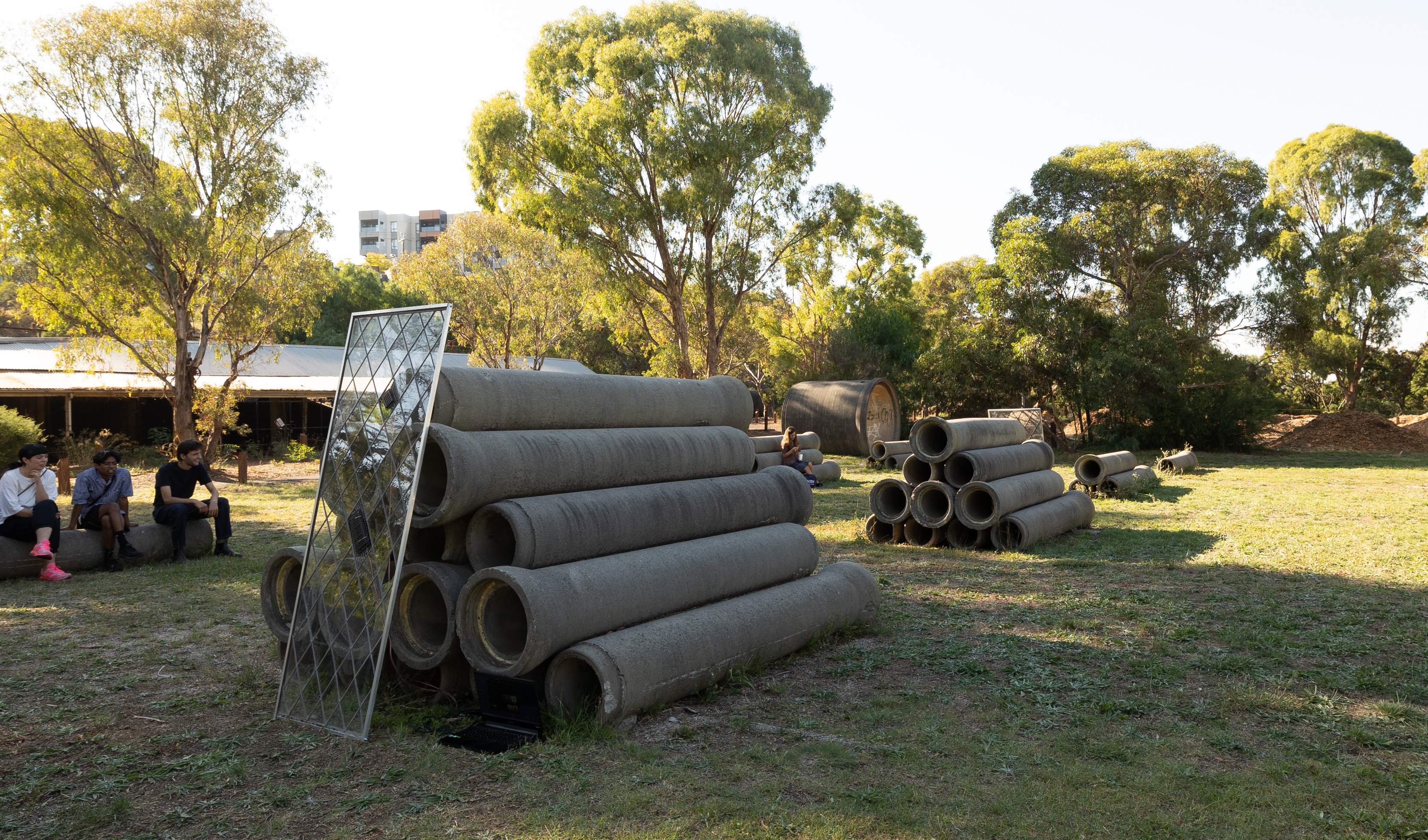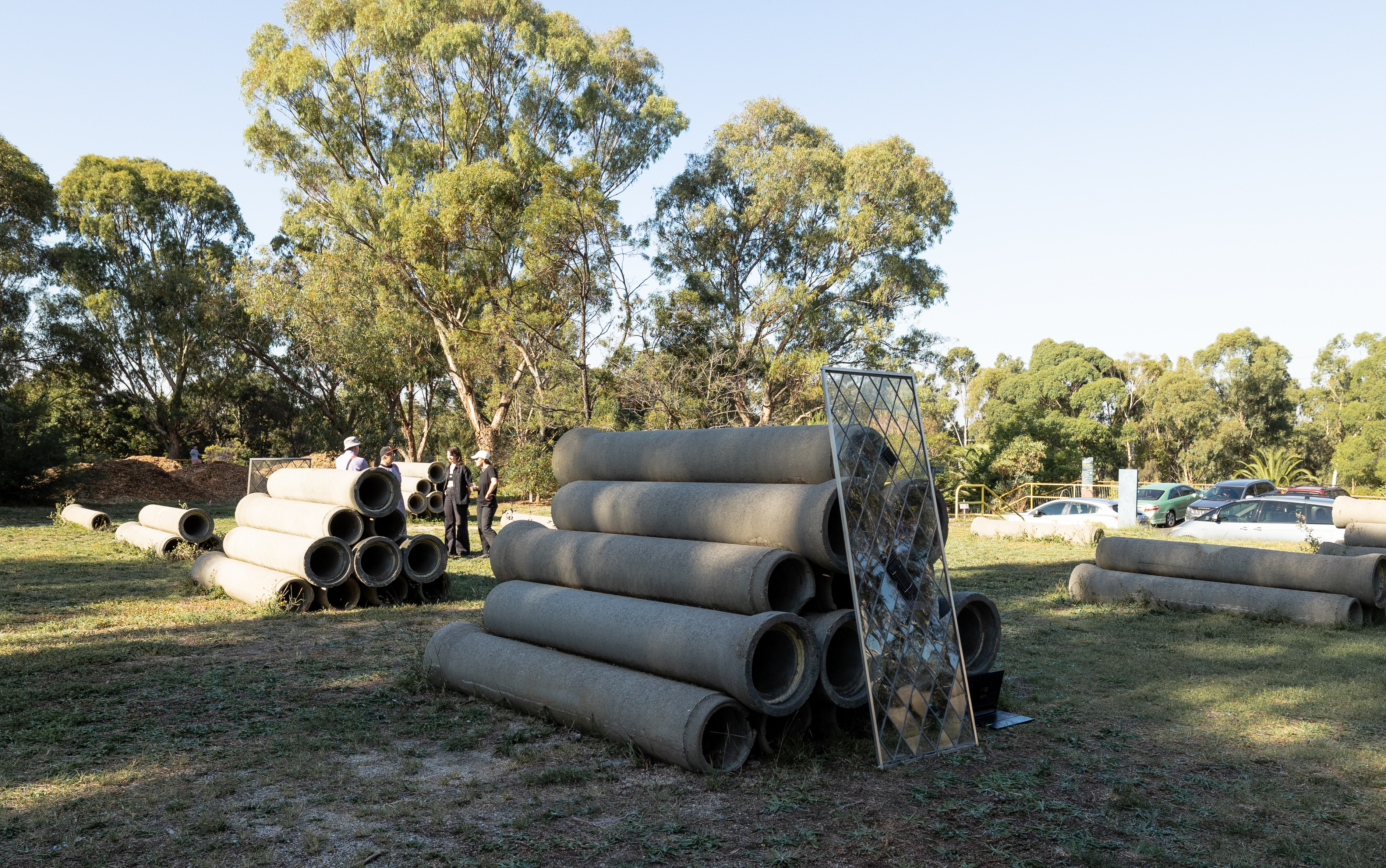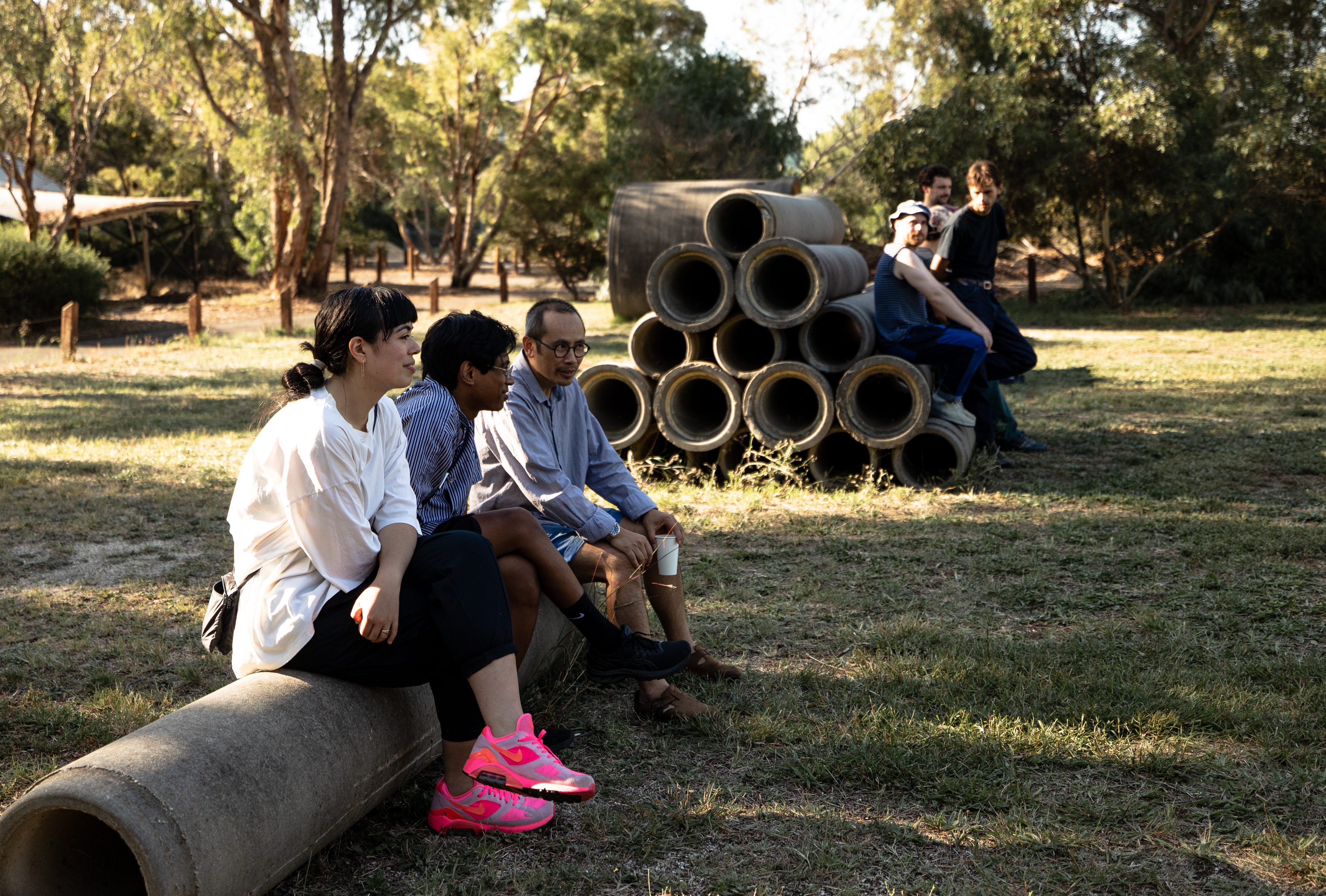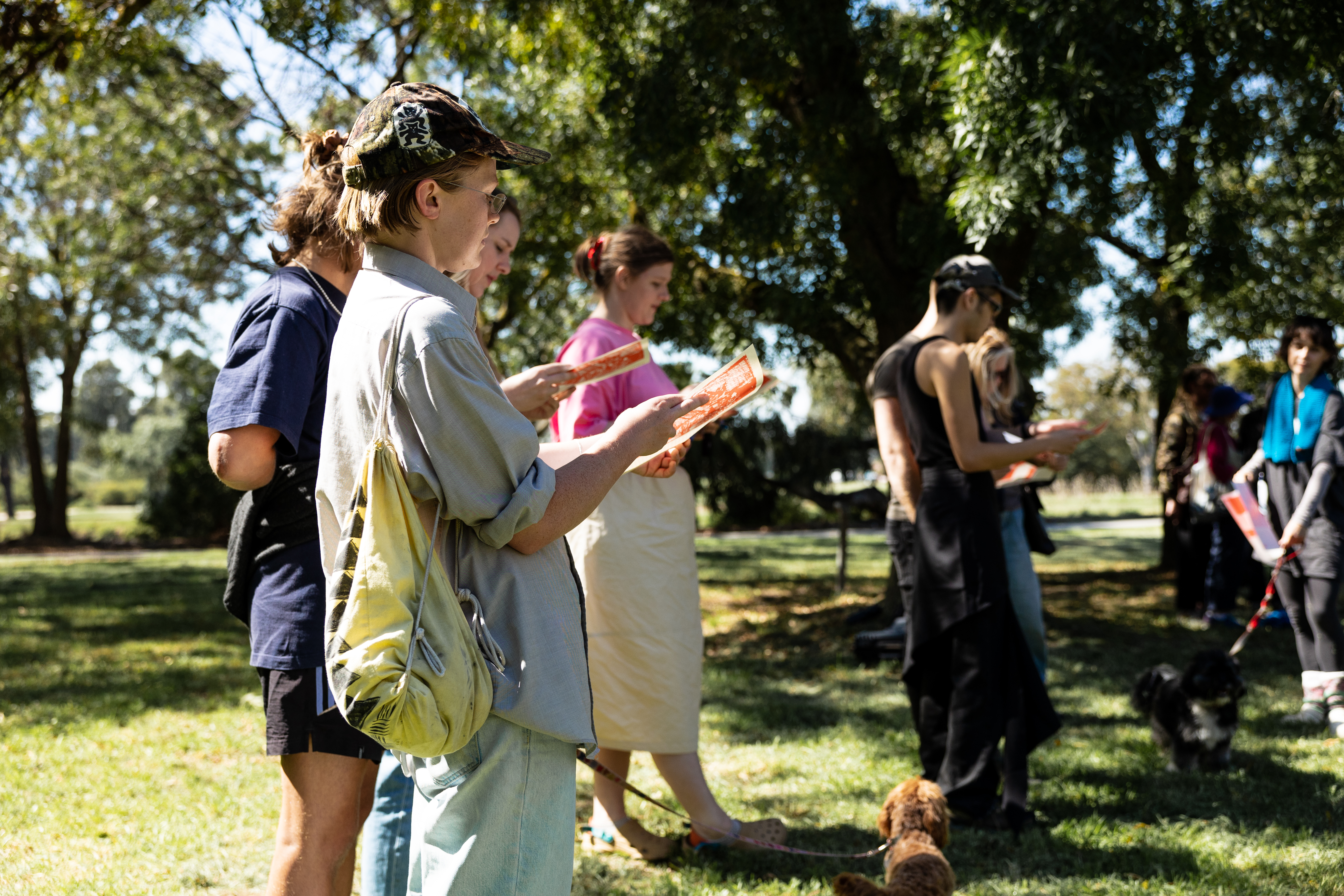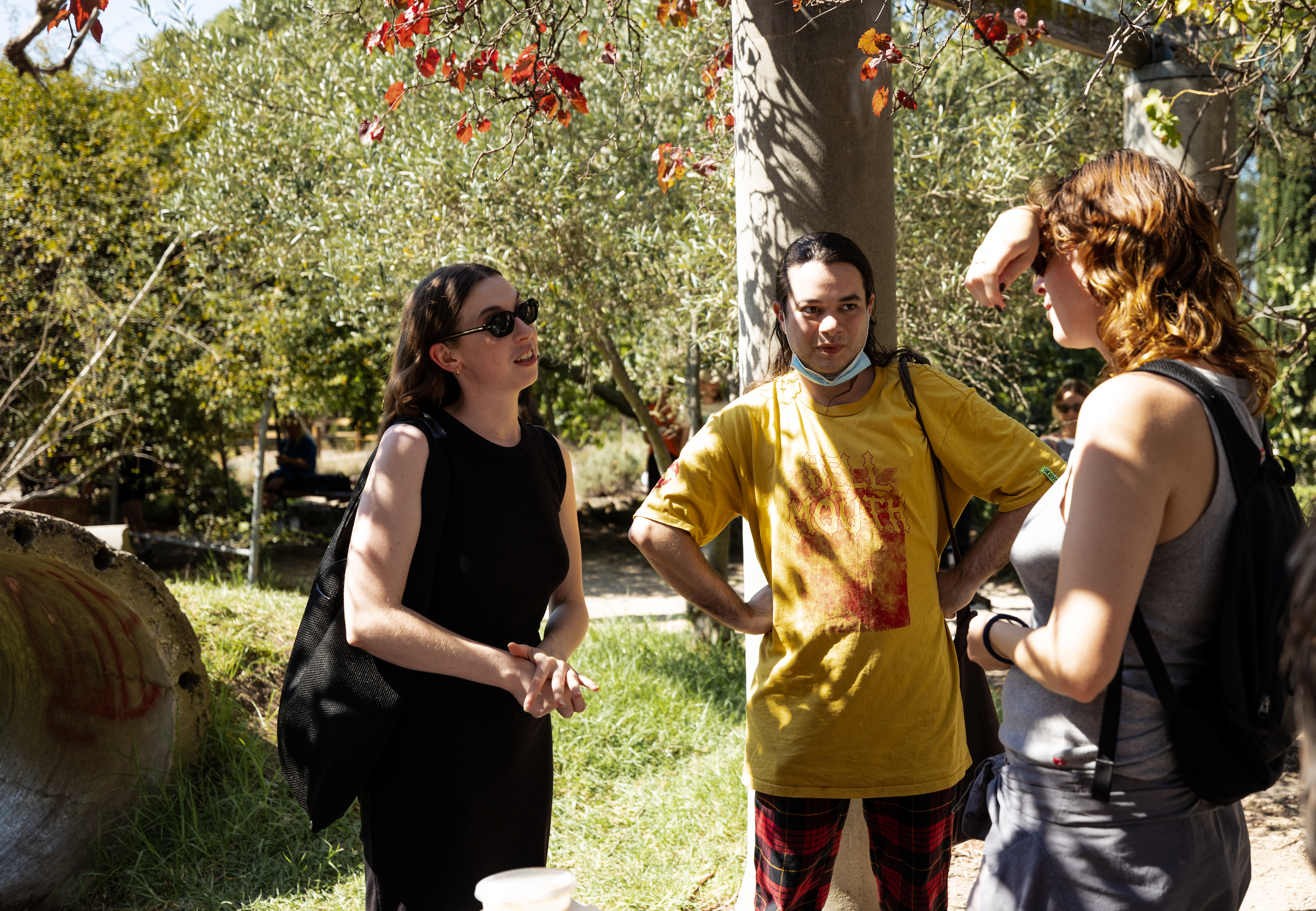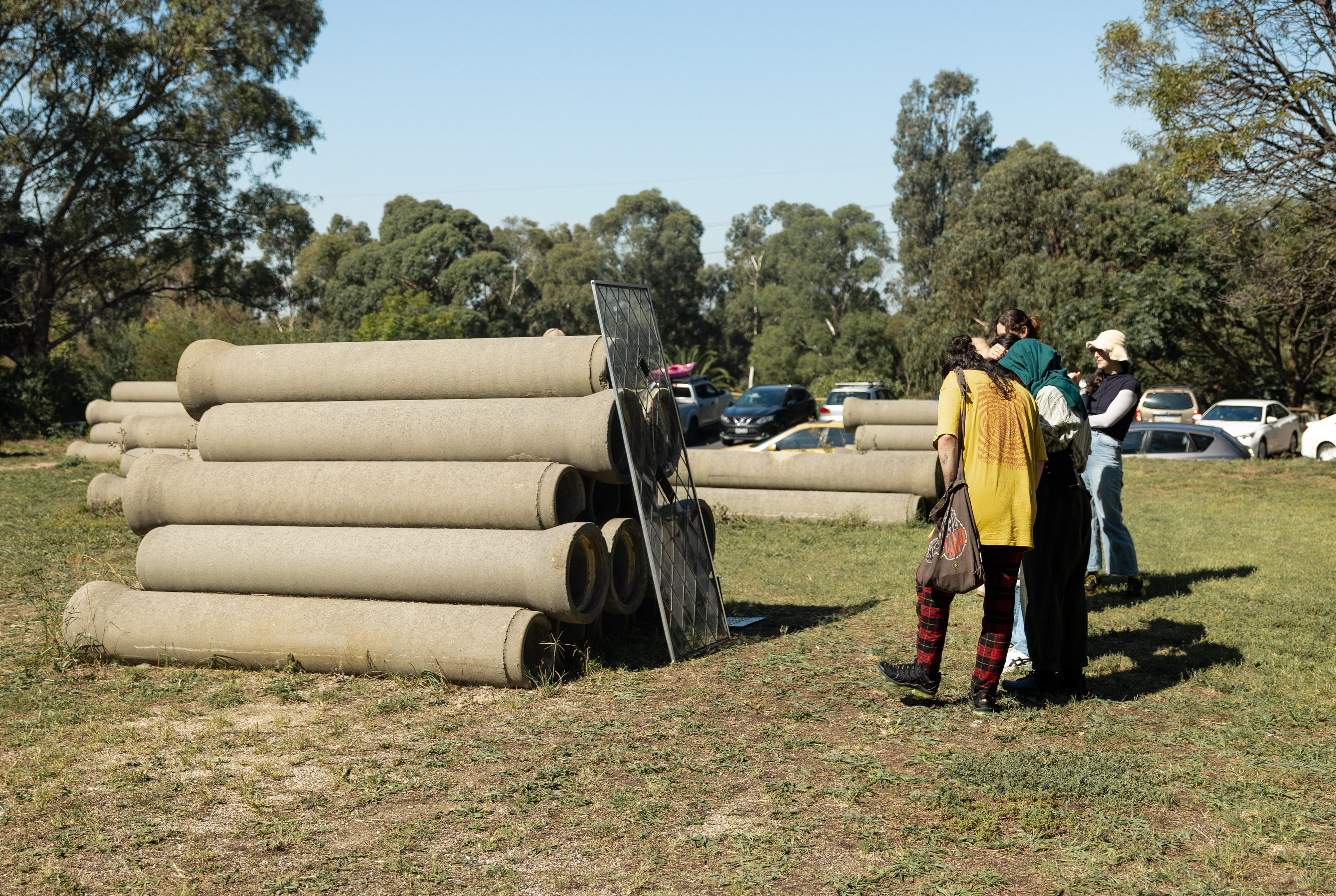to listen, not to preserve
March 2022
group exhibition with Archie Barry, Akil Ahamat, V Barratt, Snack Syndicate, Debris Facility Pty Ltd, Kevin Diallo, Jesse Gall at the Living Museum of the West, Curated by Isabella Hone-Saunders and Sebastian Henry-Jones.
'To listen, not to preserve' (2022) was a group exhibition, a day of programming, and an alternate mode of symposium, compressed into a single day that highlighted research outcomes, newly commissioned works, and community collaborations. It was co-curated by myself and Sebastian Henry-Jones, and presented as part of West Space’s Offsite program in partnership with the Living Museum of the West (LMW) and supported by Maribyrnong City Council.
The project emerged from a six-month research residency within the LMW’s extensive community-run archive, a site deeply entangled with the industrial and ecological histories of Melbourne’s western suburbs. The LMW is an eco-museum with a rich history of the region of the West and is situated within old factory buildings, once sheep abattoirs to produce meat tinning and canning, as well as a munitions factory and the Hume pipe company.
The exhibition commissioned newly developed works from six artists, Archie Barry, Debris Facility Pty Ltd., Snack Syndicate, Kevin Diallo, V Barratt, and Jesse Gall, who each responded to the archive’s layered social, historical, and material narratives. Framed by an inquiry into how storytelling might resist the archival impulse to order and rationalise experience, the project invited multiple, non-linear engagements with history. The practices of early, mid, and advanced career artists were placed in dialogue with a richly layered, community-driven archive, proposing modes of storytelling that resisted conventional narrative structures and problematised the authority of the narrator.
Initially planned for presentation in a heritage-listed blue stone building adjacent to the archive, the project underwent a significant conceptual and logistical re-imagining when the building was deemed structurally unsound by council. Adapting to this disruption, we developed a site-responsive model, situating the works along the Maribyrnong River and within surrounding parklands. This spatial shift foregrounded the environmental, social, and relational contexts in which the project was embedded, while intensifying the project’s engagement with questions of access, publicness, and contingency.
Our curatorial research extended to interviews with former and current LMW board members, artists-in-residence, volunteers and community stakeholders, foregrounding oral histories and lived knowledge alongside formal archival materials. These approaches sought to disrupt the singular, static authority of the archive, instead treating it as a porous, evolving field shaped by ongoing negotiation.
As the project started in 2019 and was soon, and repeatedly, impacted by COVID and there were serious considerations as to what lockdown meant for the broader arts ecology. I was considering this project through states of emergence and phases of reintegration after the long-haul lockdown period in Melbourne. When we finally could, myself and co-curator, Seb, applied for a specific permit and went into the archive and performed a pointed type of research on behalf of the artists. We used keywords, phrases and ideas that guided us, and we would report back anything of interest to the artist. This included the scanning of chapters, documents and photographs, finding audio and video recordings, taking pictures and generally poring through the archive.
Co-curated by Isabella Hone-Saunders and Sebastian Henry-Jones.
Co-presented by West Space Offsite.
This project was supported by Create NSW and City of Marybyrnong.
Project documentation by Kenneth Suico and Sharni Hodge.
Read here, ‘The paradox of paradise’ a response to to listen, not to preserve written by Rosemary Forde.
Read here, ‘And Seb starting thinking about the birds’ a response by Isabella Hone-Saunders.

